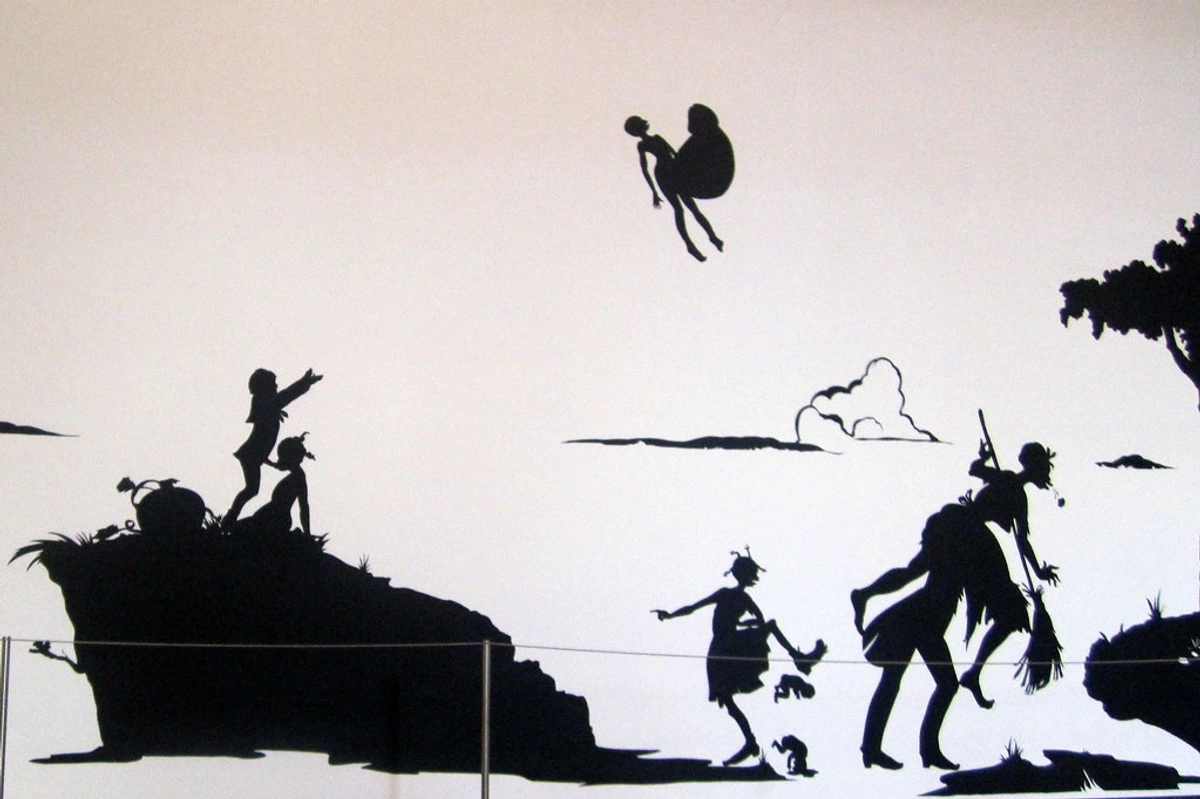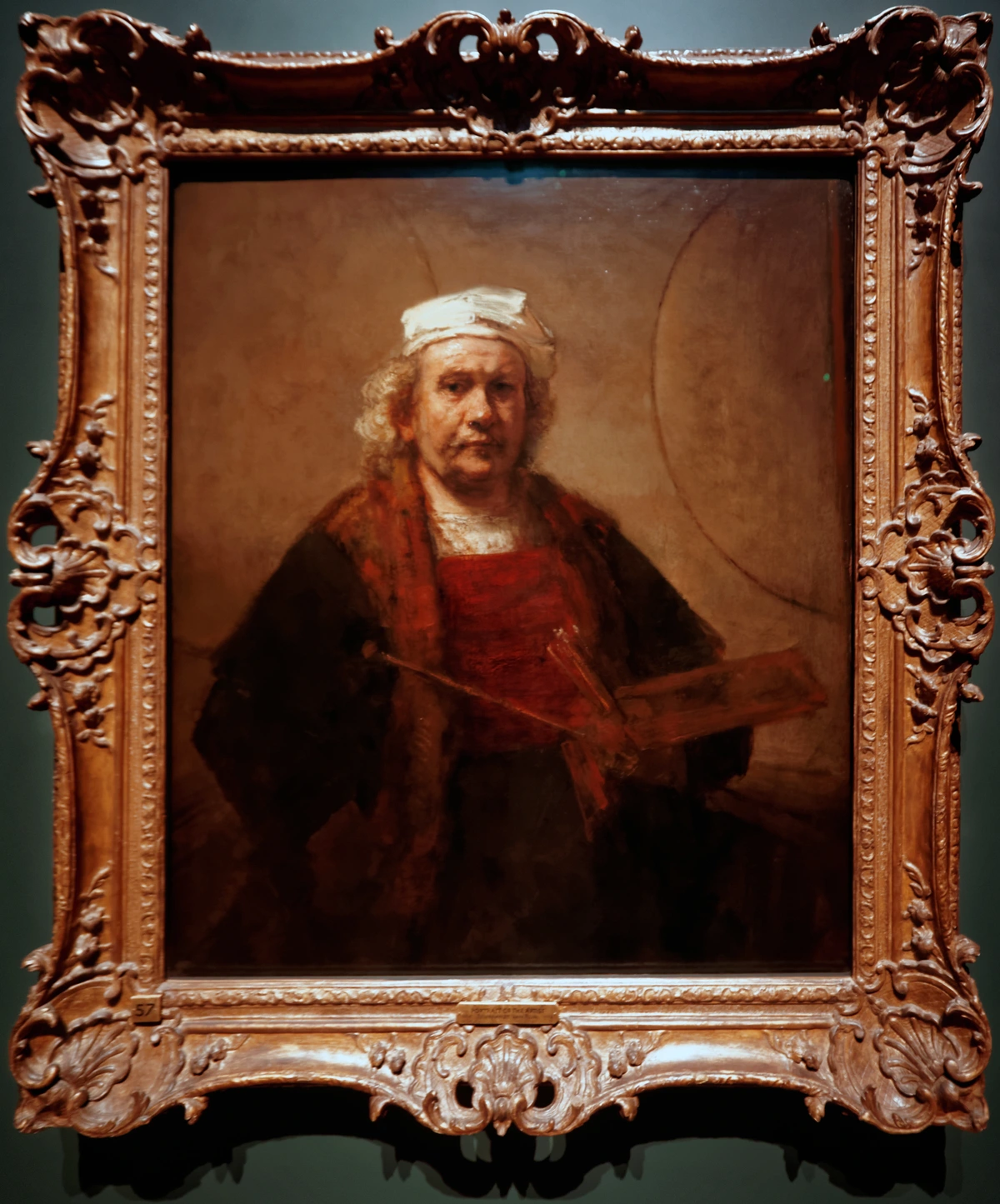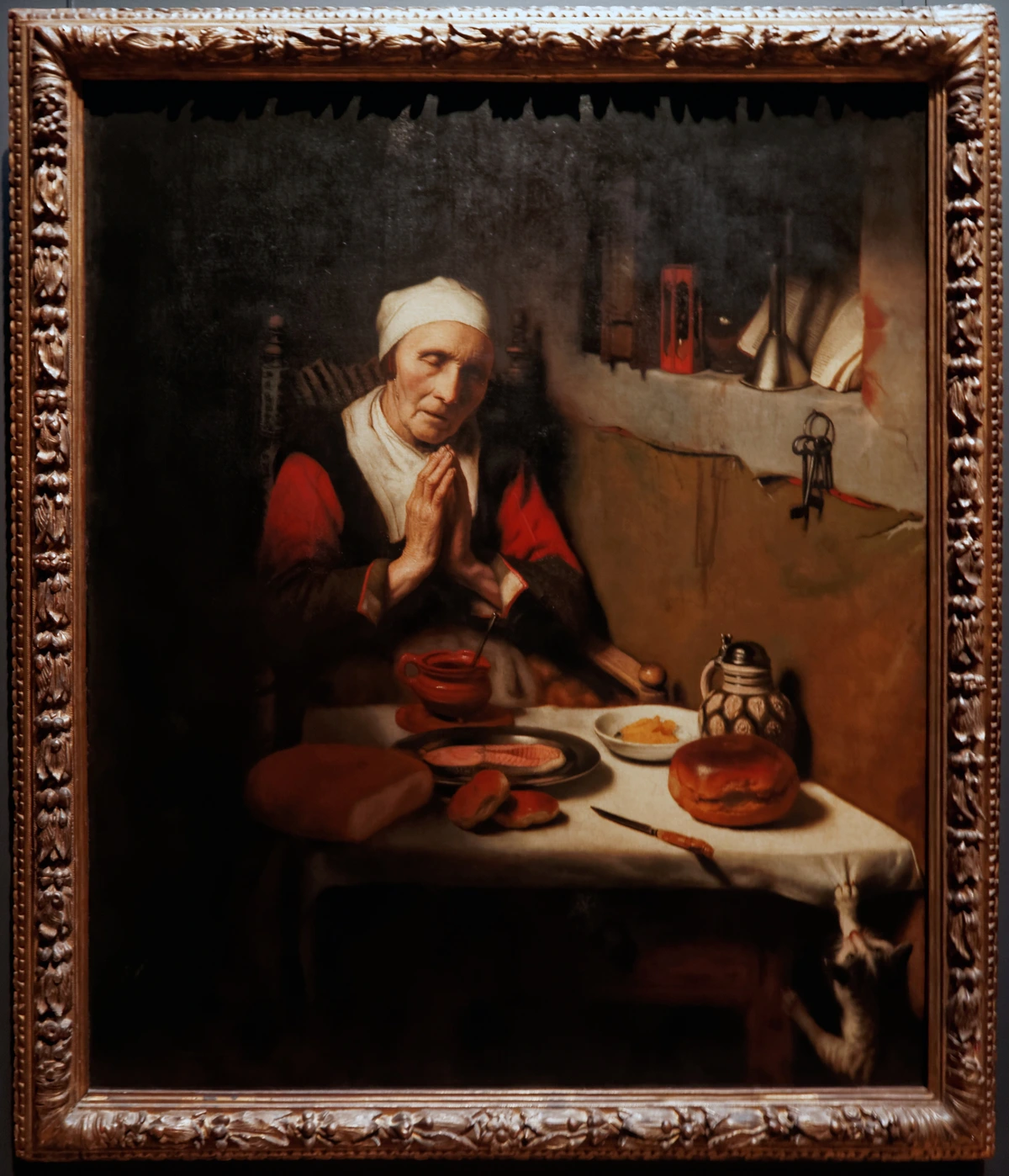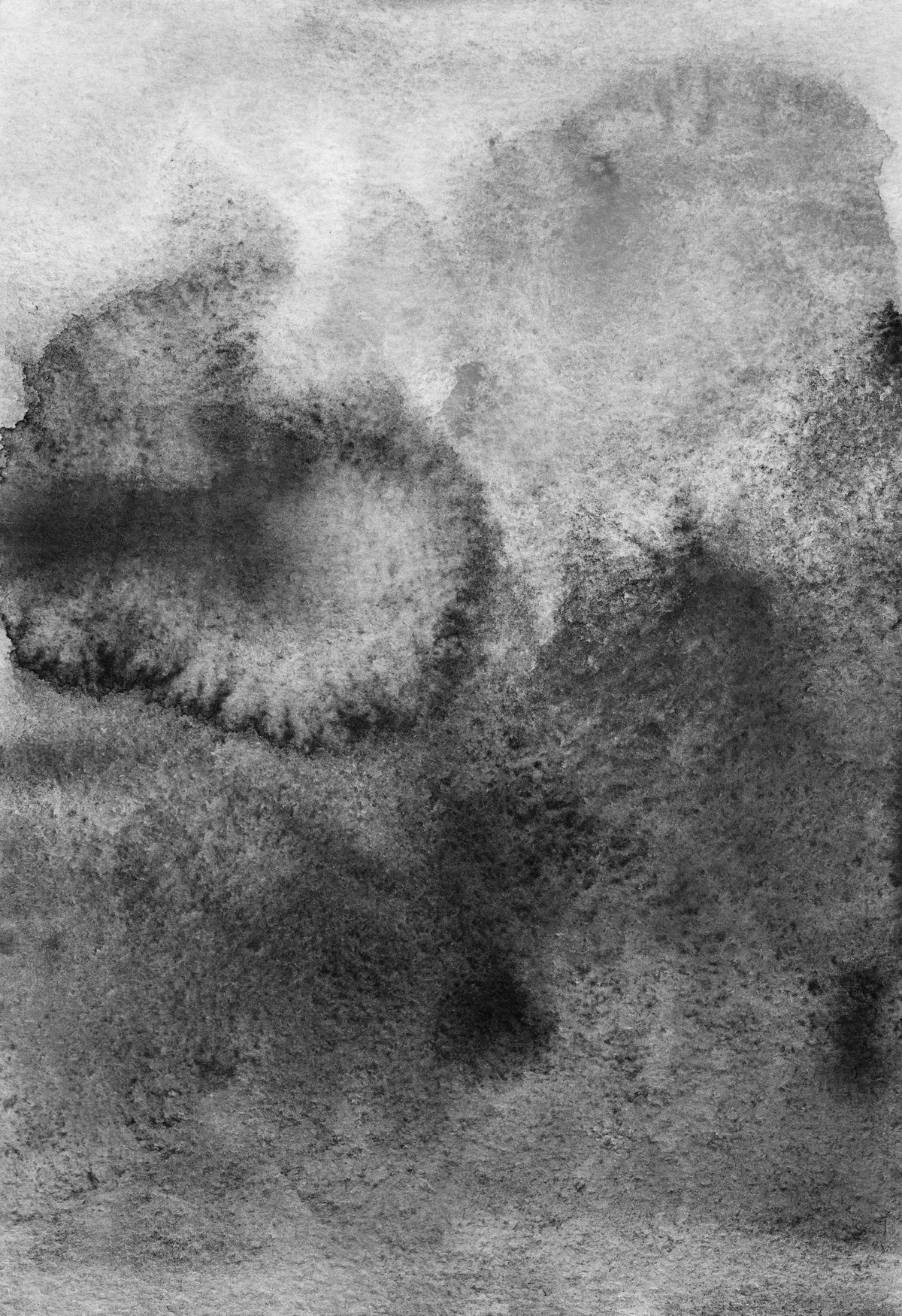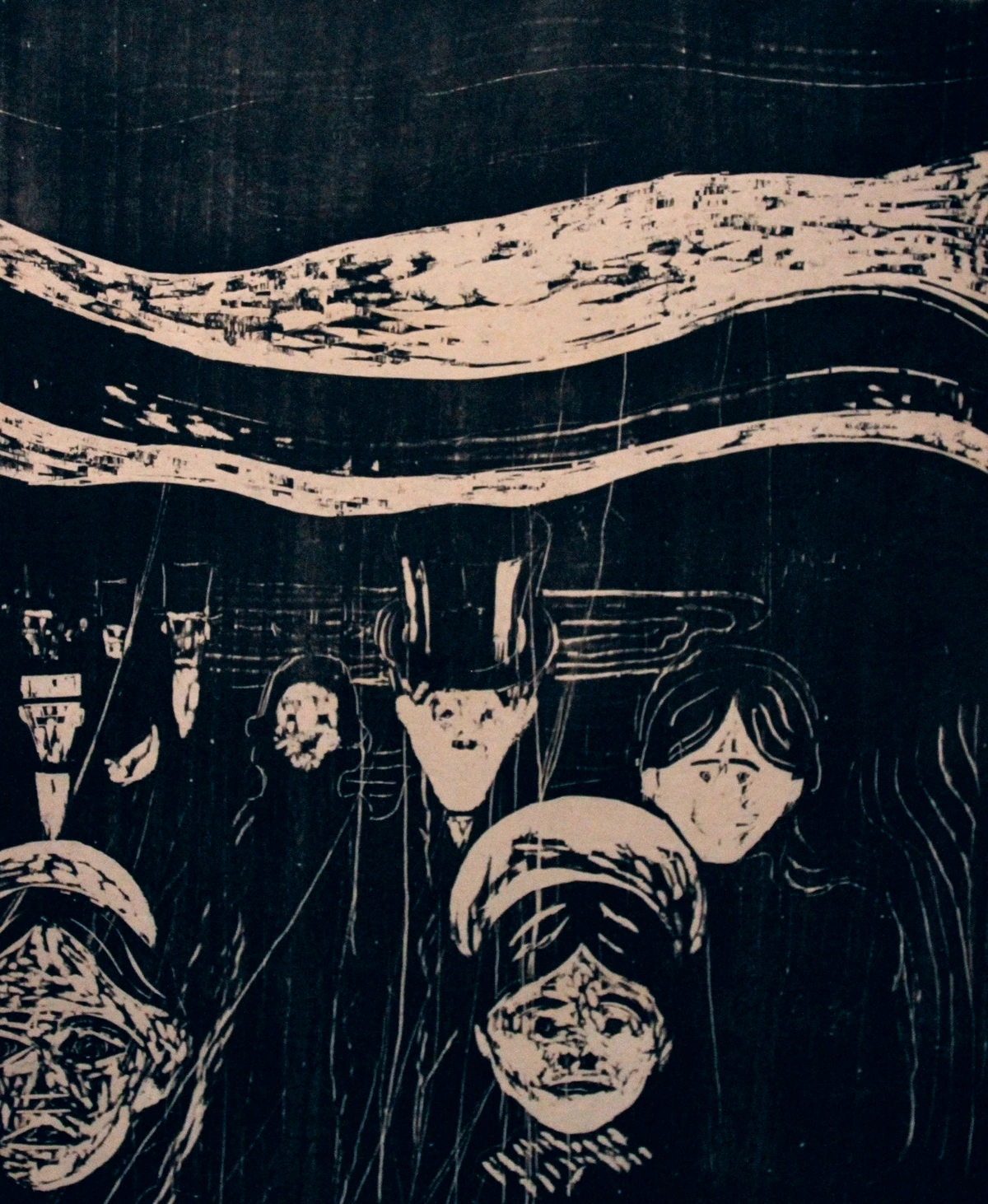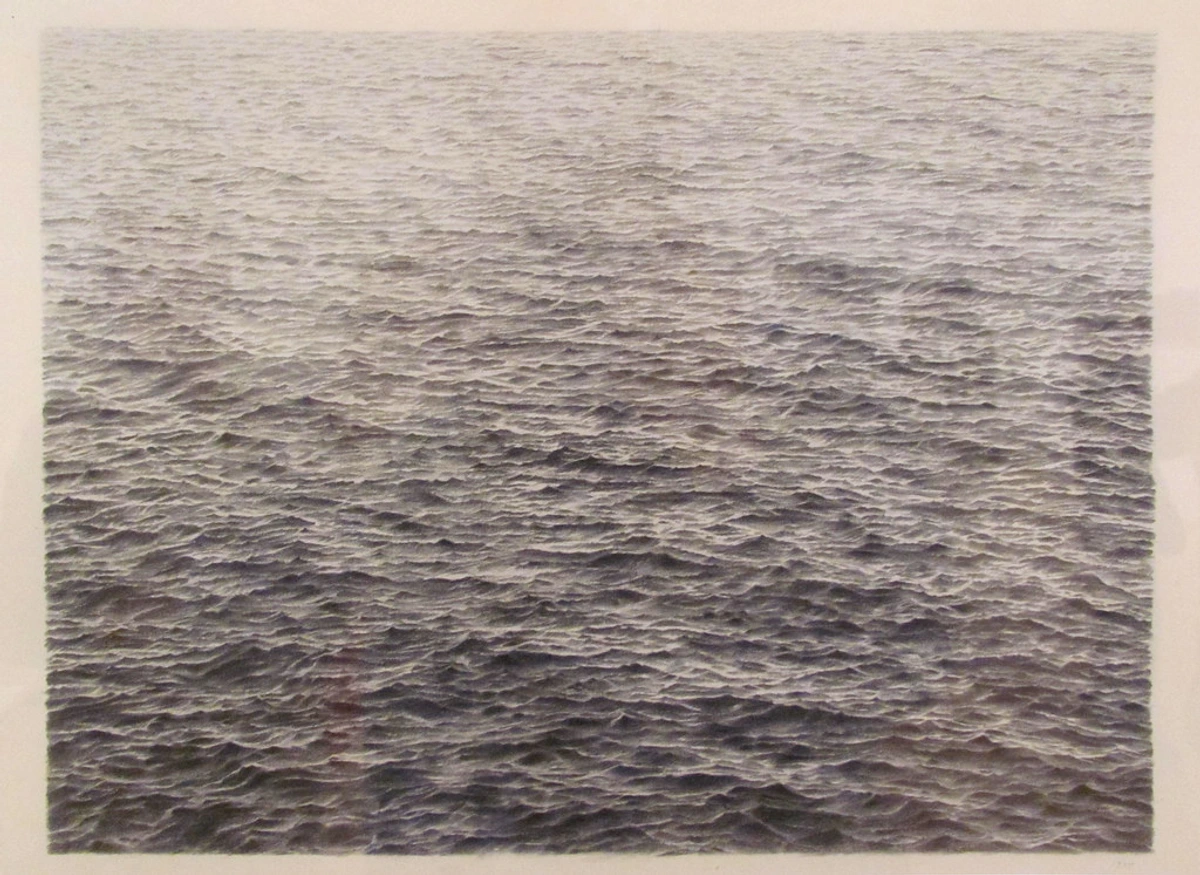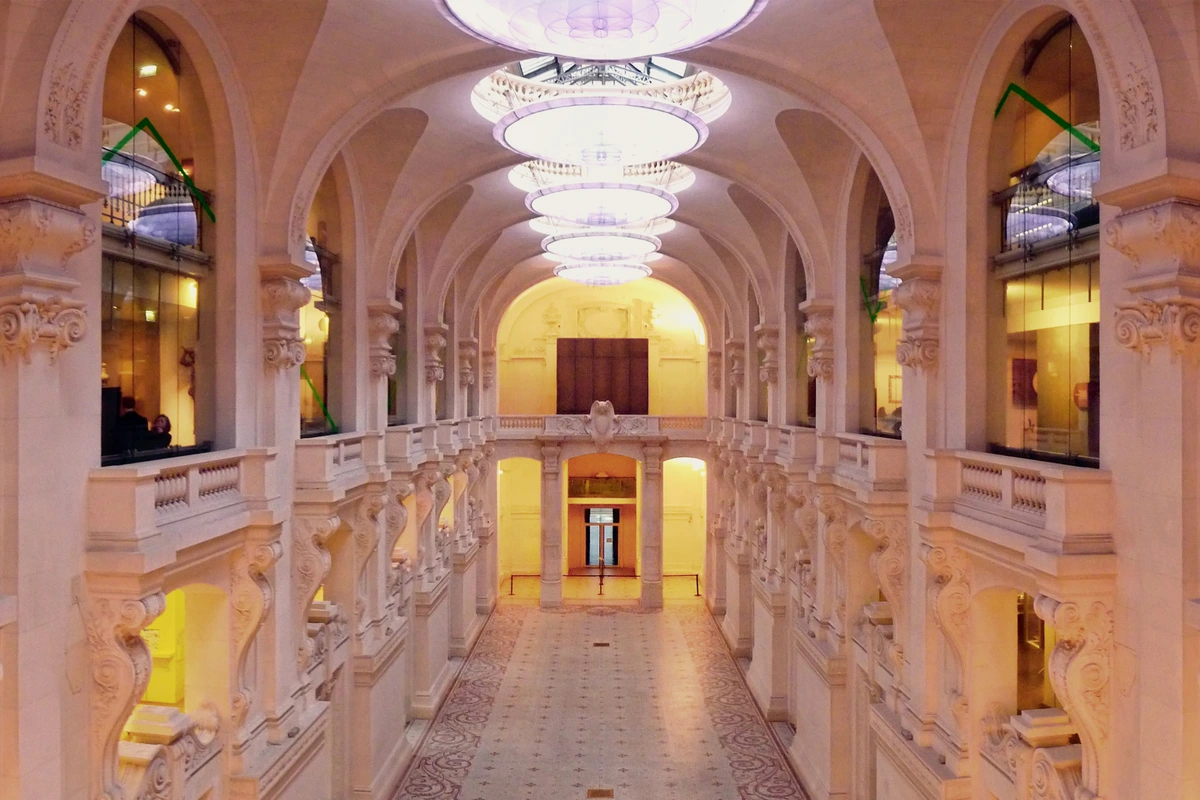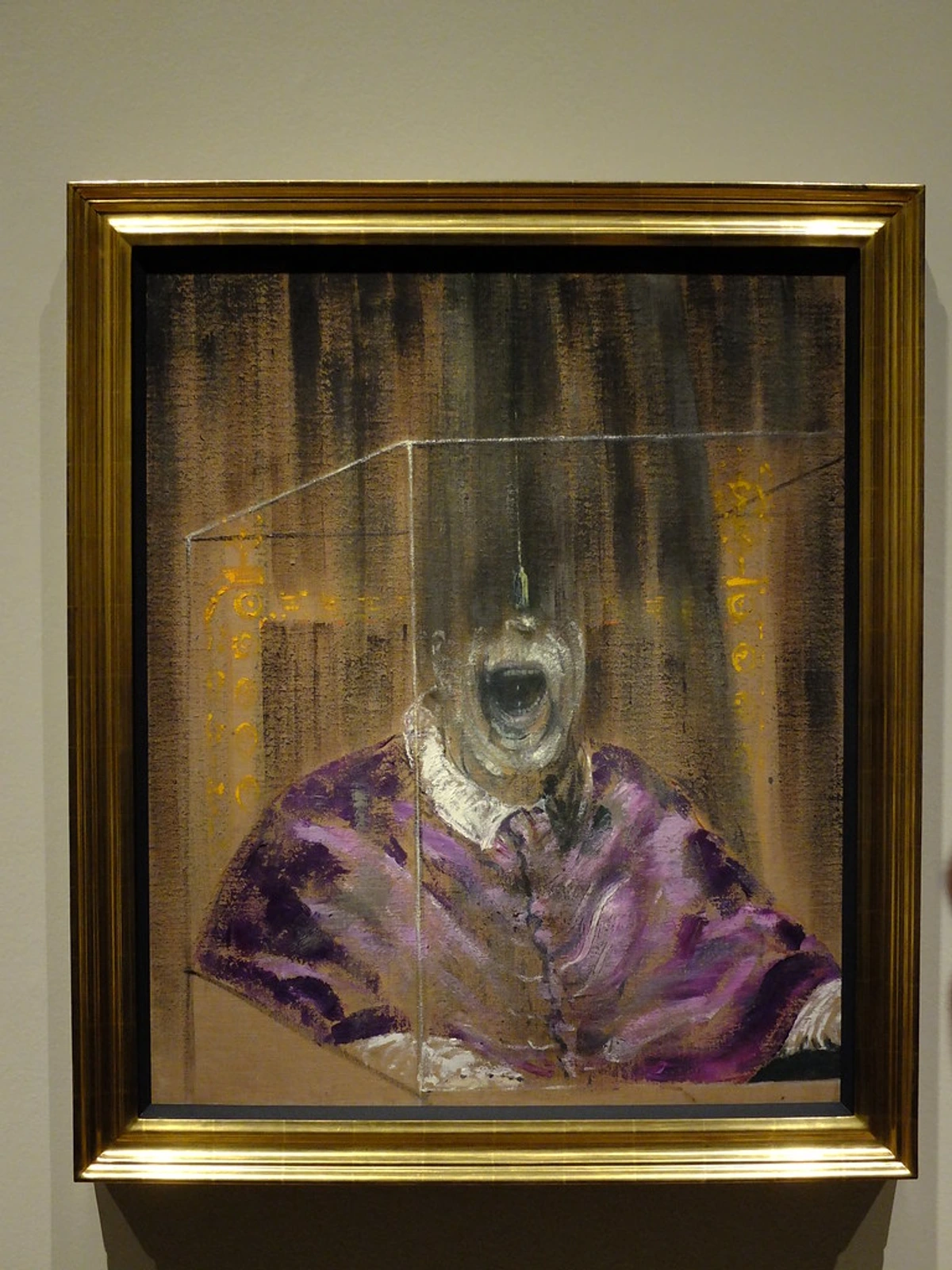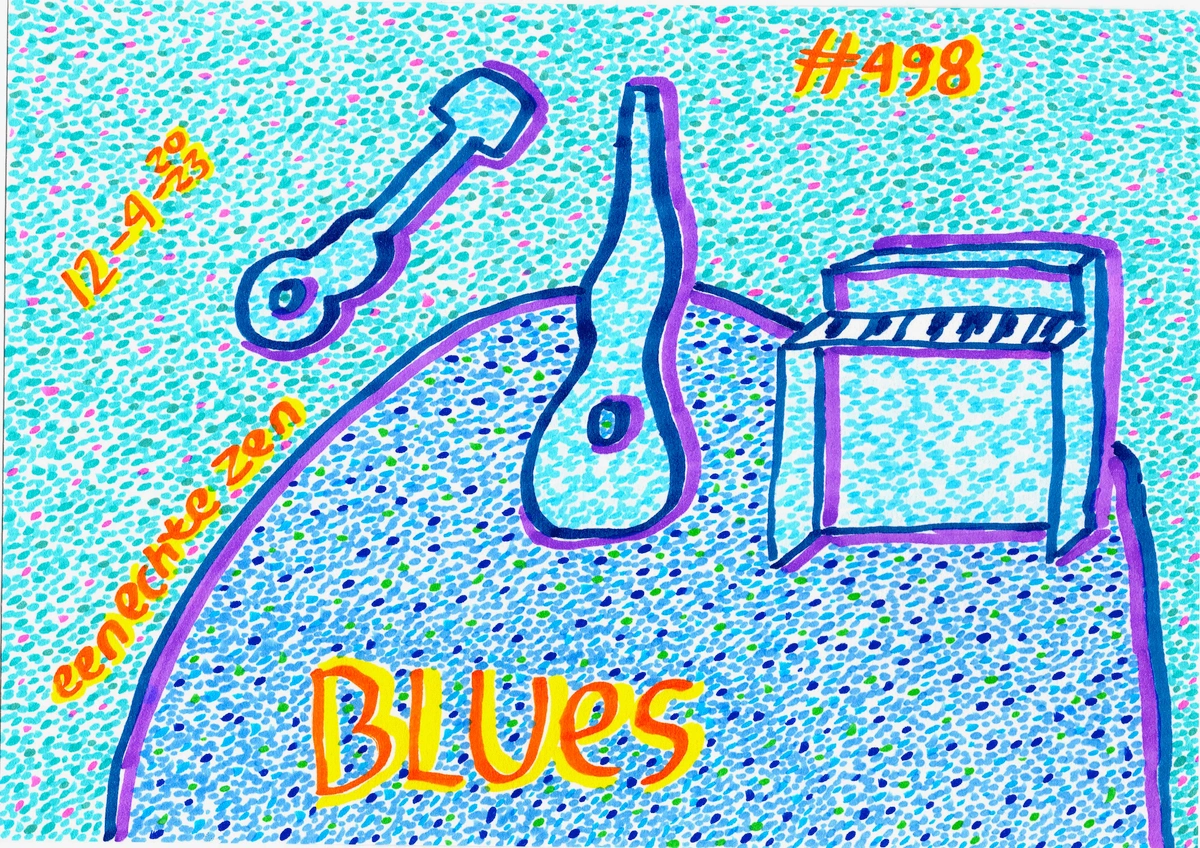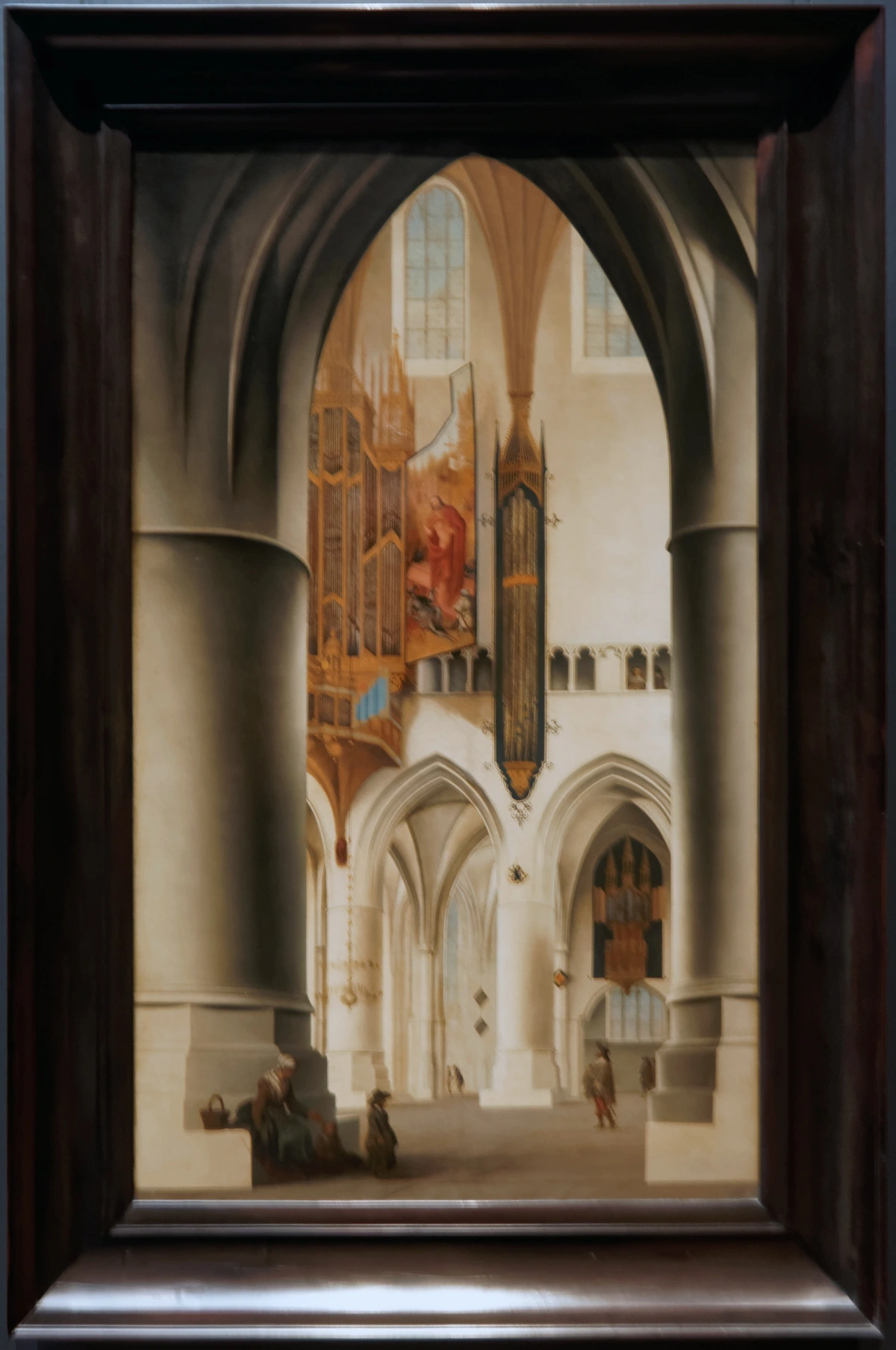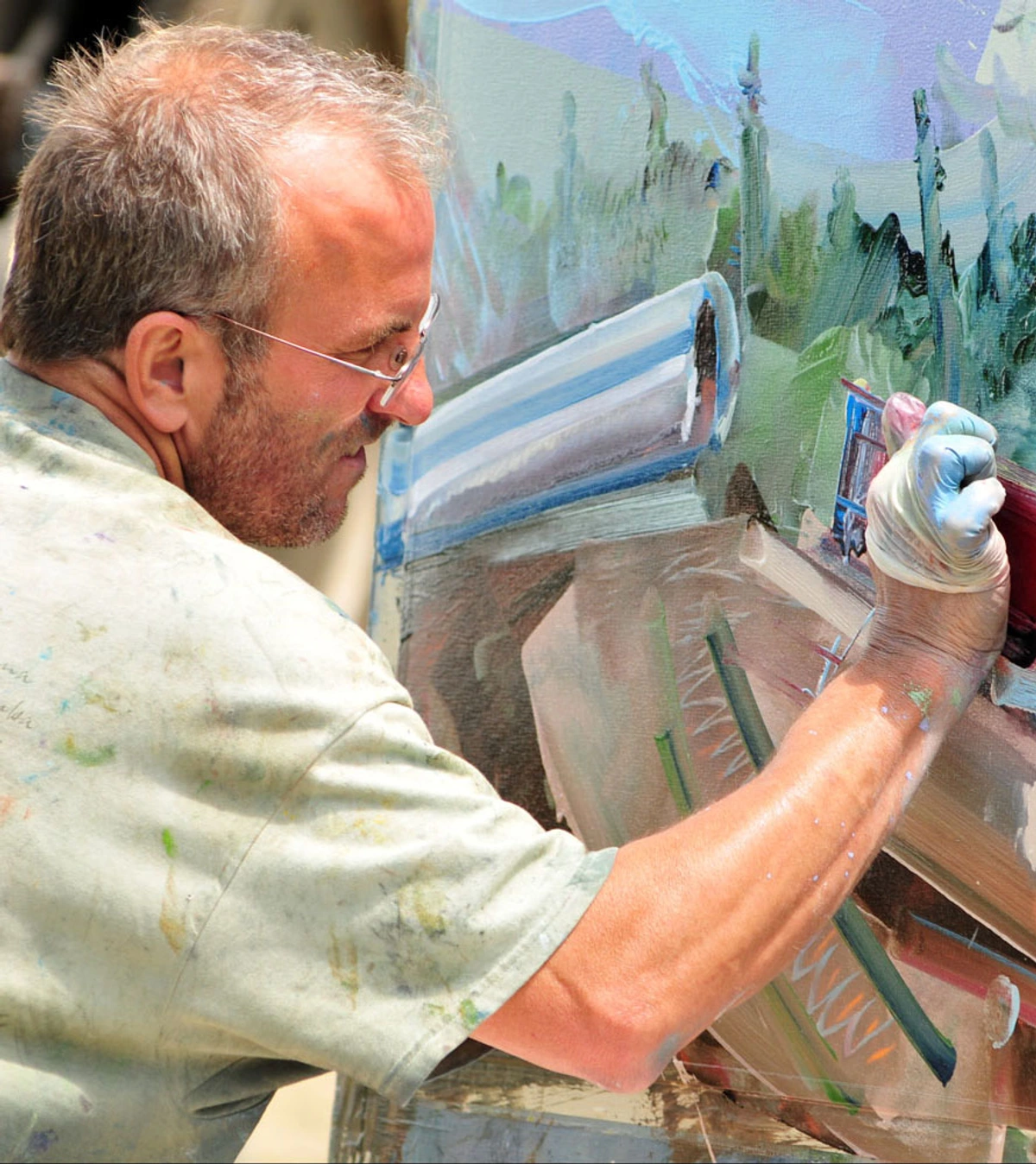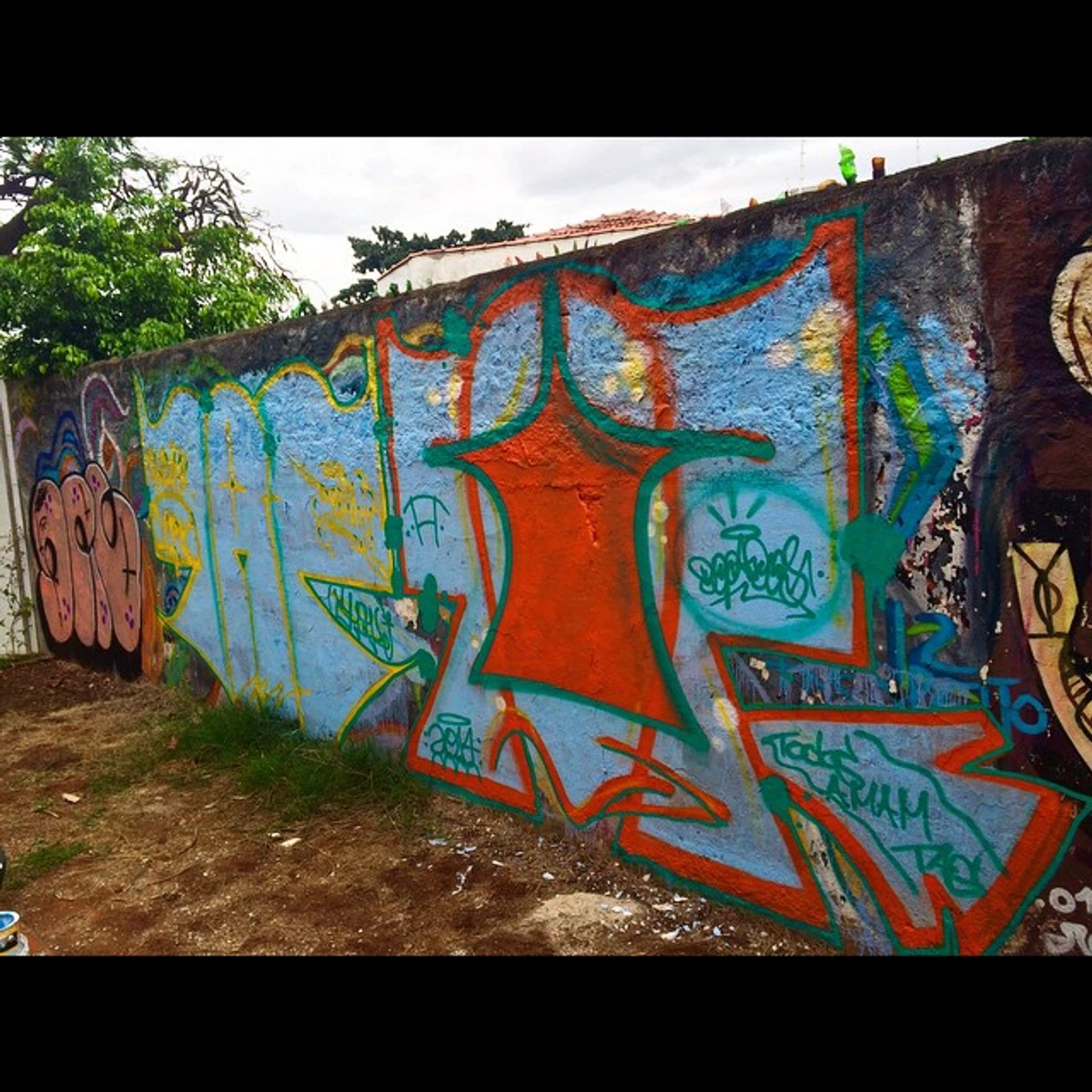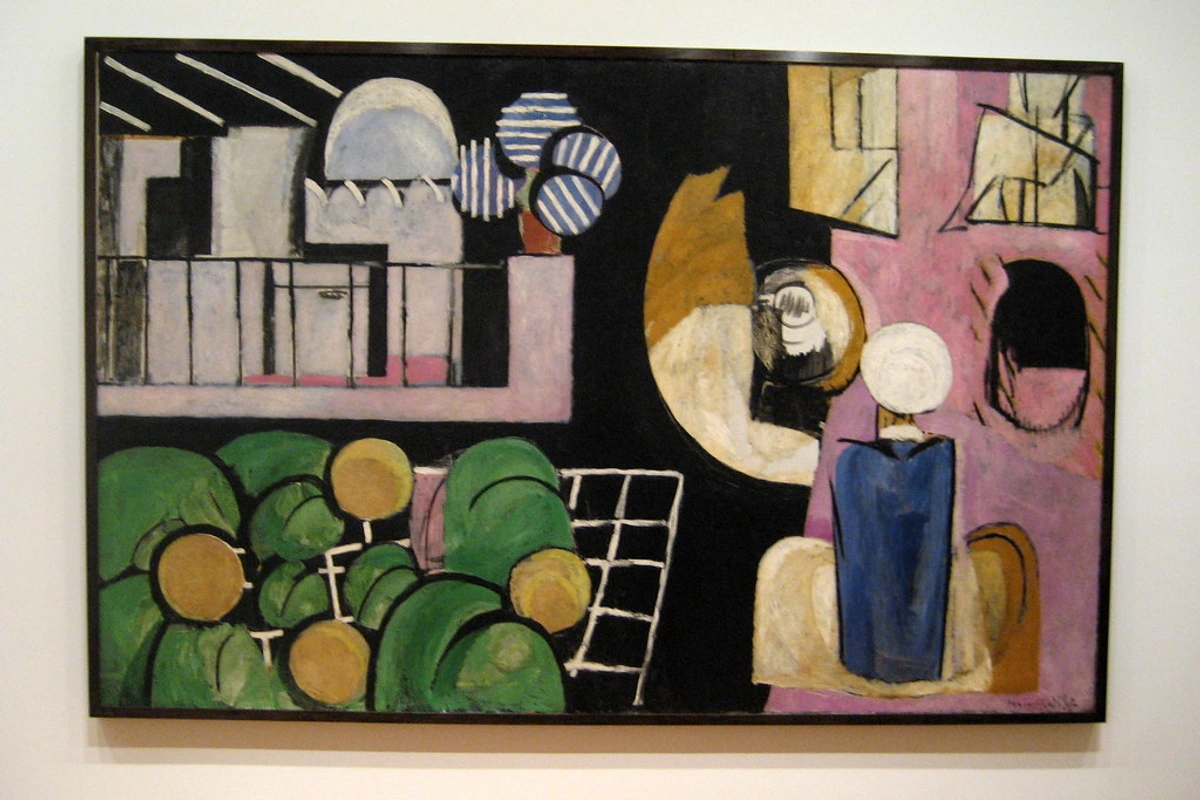
What is Baroque Art? Drama, Emotion & Grandeur Explained
Dive into Baroque art! Explore its dramatic flair, intense emotion, and opulent grandeur. Discover key artists like Caravaggio and Rembrandt with personal insights and expert analysis.
What is Baroque Art? Unpacking the Drama, Emotion, and Grandeur
Okay, let's talk about Baroque art. I know, the word itself sounds a bit... grand, maybe even a little intimidating, right? For a long time, I actually kind of overlooked it, always gravitating more towards the quiet contemplation of Renaissance masters or the vibrant chaos of later movements. But then, you start looking closer, really letting yourself get swept up in the sheer, unadulterated drama of it all, and suddenly, it clicks. Baroque art isn't just a style; it's an experience. It's a full-throttle, emotional rollercoaster designed to grab you by the collar and pull you right into the scene. It's monumental, it's theatrical, and it utterly captivates the soul. You want to understand Baroque? You need to feel Baroque. This isn't art for the faint of heart; it's a bold declaration of faith, power, and emotion that demands your full attention.
At its core, Baroque art is an artistic style that flourished in Europe from roughly 1600 to 1750. It's characterized by its fervent drama, rich, deep color, intense light and shadow, and dynamic compositions. This wasn't art for quiet contemplation; it was art designed to evoke an emotional response, to move you, to persuade you, and to impress you with its sheer magnificence. Well, imagine the 17th century. Europe is a bit of a mess: religious upheaval, political power plays, scientific discoveries shaking up old beliefs, and a palpable sense of transformation in the air. People needed something powerful, something to reaffirm faith, to awe and inspire. Enter the Baroque. It exploded out of Italy around 1600, a direct (and rather passionate) response to the calm rationality and classical balance of the Renaissance art. Where the Renaissance whispered, Baroque shouted. Where Renaissance sought harmony, Baroque embraced tension, dynamism, and an often overwhelming sensory experience. And honestly? It’s magnificent. It's a movement that, once you let it in, you can't easily shake off. It redefined art's purpose, shifting from contemplation to visceral engagement, mirroring the tumultuous spirit of the age.
Naming the Beast: Where 'Baroque' Comes From
The term "Baroque" originally came from the Portuguese word "barroco," meaning an "imperfect or irregularly shaped pearl." It was initially a derogatory term, used by later critics to describe the style as overly ornate, theatrical, and extravagant, especially when compared to the perceived purity and restraint of classical art. Think of it as an insult hurled by those who preferred the calm, ordered lines of the Renaissance or the elegant whimsy of the Rococo. However, over time, its meaning shifted, and it's now simply the accepted, descriptive name for an artistic period that refused to be restrained by convention. I love that an insult became a badge of honor, don't you? It just feels very Baroque – a style that revelled in its perceived 'imperfections' and turned them into strengths.
A Whirlwind Tour Through Time: The Crucible of Baroque
To truly grasp Baroque, you have to understand its birthplace and its purpose. It wasn't just artists deciding, "Hey, let's make things more dramatic!" It was born from a specific set of circumstances, a swirling vortex of religious zeal, political ambition, and scientific inquiry that demanded an art form capable of expressing immense power and profound emotion. It was a response to a world in flux, a world seeking clarity, solace, and grandeur amidst upheaval.
The Counter-Reformation and Catholic Revival
At the heart of the Baroque's birth, especially in Catholic Europe, was the Counter-Reformation. The Catholic Church, reeling from the Protestant Reformation, needed a serious PR boost. They wanted art that wasn't just beautiful but powerfully persuasive, art that could evoke deep spiritual emotion and reinforce Catholic dogma. The Council of Trent (1545-1563) basically said, "Art needs to be clear, direct, and emotionally compelling, serving as a tool for religious instruction and inspiration." This wasn't just an aesthetic preference; it was a strategic mandate to combat the austerity of Protestantism and reassert the grandeur of the Catholic faith. And boy, did the Baroque deliver! It became a spiritual weapon, designed to make you feel the divine, to overwhelm you with its splendor, to pull you into a shared spiritual experience, and ultimately, to draw you back into the fold. Think of it as a carefully crafted, immersive marketing campaign, but for the soul. The newly established Jesuit order, with their emphasis on emotional engagement and direct appeal to the senses, became key patrons and proponents of this powerful new style. The newly established Jesuit order, with their emphasis on emotional engagement and direct appeal to the senses, became key patrons and proponents of this powerful new style.
The Catholic Church, reeling from the Protestant Reformation, needed a serious PR boost. They wanted art that wasn't just beautiful but powerfully persuasive, art that could evoke deep spiritual emotion and reinforce Catholic dogma. The Council of Trent (1545-1563) basically said, "Art needs to be clear, direct, and emotionally compelling, serving as a tool for religious instruction and inspiration." This wasn't just an aesthetic preference; it was a strategic mandate to combat the austerity of Protestantism and reassert the grandeur of the Catholic faith. And boy, did the Baroque deliver! It became a spiritual weapon, designed to make you feel the divine, to overwhelm you with its splendor, to pull you into a shared spiritual experience, and ultimately, to draw you back into the fold. Think of it as a carefully crafted, immersive marketing campaign, but for the soul.
Political Landscape: Absolutism and Imperial Power
While religion was a massive driving force, the political climate of 17th-century Europe also played a starring role in the Baroque's development. This was the age of absolutism, where monarchs like Louis XIV of France consolidated immense power, viewing themselves as divinely appointed rulers. They wanted art and architecture that reflected their unparalleled authority and wealth, projecting an image of unshakeable dominance. From the Hapsburg emperors in Austria, funding lavish palaces and churches, to the Spanish monarchy with its vast colonial empire, art became a tool of state propaganda, designed to awe subjects and impress rivals. The Palace of Versailles, a monument to Louis XIV's power, stands as the ultimate embodiment of this political ambition, a spectacle of might and majesty that Baroque artists delivered with astounding flair.
The Birthplace: Italy, And Then Everywhere Else
Beyond religious and political factors, the burgeoning scientific advancements of the 17th century also subtly influenced Baroque art. The telescopic discoveries of Galileo Galilei expanded humanity's understanding of the cosmos, hinting at a universe of infinite scale and complexity, a concept that sometimes found echo in the vast, illusionistic ceiling frescoes that seemed to dissolve architectural boundaries. Similarly, advancements in anatomy and optics contributed to the heightened realism and dramatic use of light and shadow, allowing artists to render the human form and the play of light with unprecedented precision and emotional depth. It was a time when the world was expanding, both physically and intellectually, and Baroque art rose to the challenge of capturing this newfound wonder and awe.
While Rome was definitely the epicentre, a pulsating heart of Baroque innovation with artists like Caravaggio and Bernini, the style quickly spread throughout Italy itself, finding unique expressions in cities like Venice, Naples, and Turin, often funded by powerful aristocratic families and newly established religious orders. These patrons, whether cardinals, noble families, or monastic orders, eagerly embraced the dramatic new style to enhance their prestige and spiritual devotion. But its ambition couldn't be contained within the Italian peninsula. It adapted, too. You see different flavours across Europe: the fervent Catholicism of Italy and Spain, the opulent royal courts of France (where it became closely tied to the absolute monarchy of Louis XIV), and the more subdued (but still incredibly dramatic) Protestant-influenced Baroque in the Netherlands. Each region took the core ideas and twisted them to their own cultural tune, making Baroque a truly pan-European phenomenon, even as it retained its Italian roots. It’s a testament to the flexibility of the style that it could speak to such diverse cultures and purposes, from reinforcing dogma to celebrating civic pride.
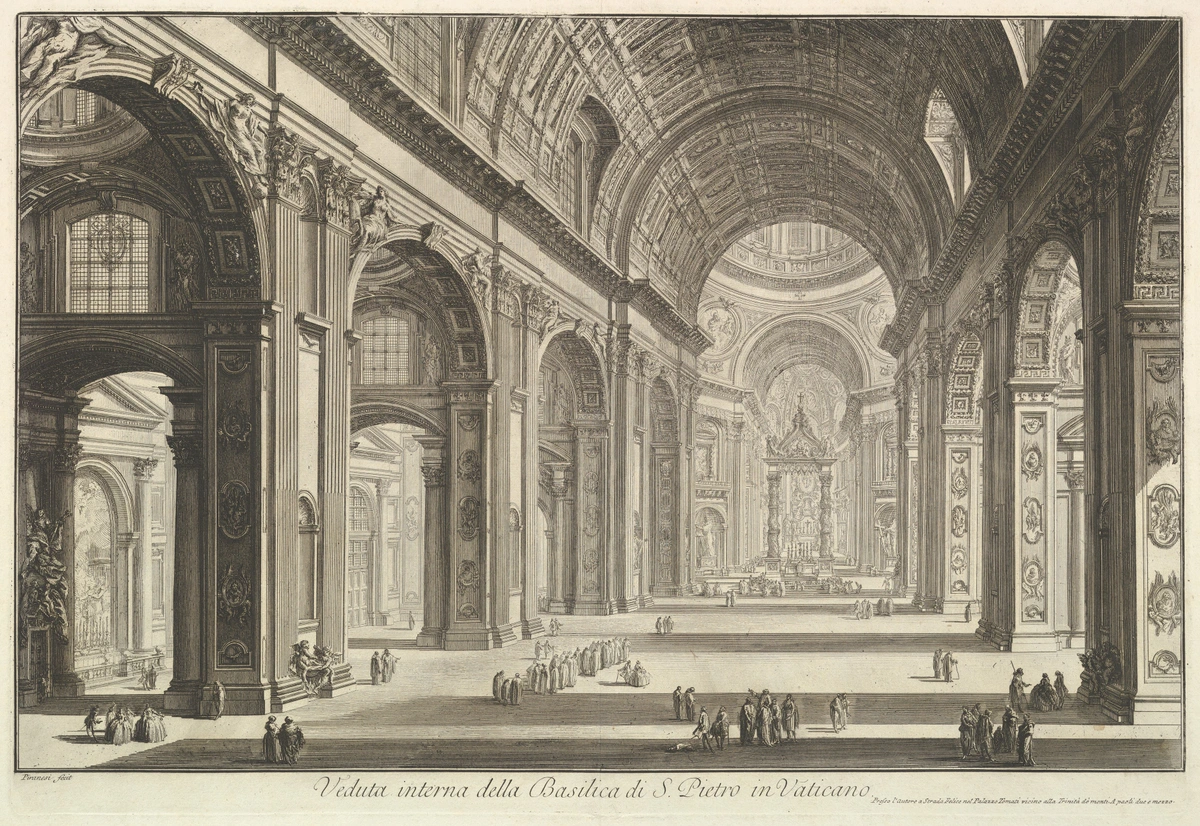
Baroque Across Europe: Regional Variations
While Italy was the crucible, the Baroque didn't stay put. It morphed and transformed as it traveled, taking on distinct local flavors depending on the political, religious, and cultural landscape of each region. It’s a fascinating study, seeing how those core principles – drama, emotion, grandeur – were interpreted through different lenses.
Spanish Baroque: Mysticism, Martyrdom, and Royal Portraiture
In Spain, the Baroque was deeply intertwined with the intense Catholicism of the Counter-Reformation, often focusing on themes of martyrdom, ascetism, and mystical visions. Artists like Francisco de Zurbarán depicted saints with stark realism and profound spiritual intensity, his figures often emerging from dark backgrounds with an almost tangible presence. Meanwhile, Diego Velázquez, painter to King Philip IV, brought a sophisticated blend of naturalism and psychological depth to his portraits and historical scenes, blurring the lines between reality and illusion (think of his iconic Las Meninas, a masterpiece of complex spatial relationships and implied narratives). Spanish Baroque architecture, too, often favored ornate facades and elaborate altarpieces, known as churrigueresque, that verged on the exuberant, designed to inspire awe and devotion.
In Spain, the Baroque was deeply intertwined with the intense Catholicism of the Counter-Reformation, often focusing on themes of martyrdom, ascetism, and mystical visions. Artists like Francisco de Zurbarán depicted saints with stark realism and profound spiritual intensity, his figures often emerging from dark backgrounds with an almost tangible presence. Meanwhile, Diego Velázquez, painter to King Philip IV, brought a sophisticated blend of naturalism and psychological depth to his portraits and historical scenes, blurring the lines between reality and illusion (think of his iconic Las Meninas, a masterpiece of complex spatial relationships and implied narratives). Spanish Baroque architecture, too, often favored ornate facades and elaborate altarpieces, known as churrigueresque, that verged on the exuberant, designed to inspire awe and devotion. I find it fascinating how a nation’s spiritual fervor so directly shaped its artistic output.
French Baroque: The Grandeur of Absolute Monarchy
France embraced Baroque, but it tempered the Italianate exuberance with a distinctly classical sensibility, reflecting the absolute power of the monarchy, particularly under Louis XIV. Think of the Palace of Versailles – its vast scale, meticulously ordered gardens, and lavish interiors are the epitome of French Baroque, designed to project royal splendor and control. Artists like Nicolas Poussin, though working primarily in Rome, championed a more intellectual, classical style of painting that influenced French taste, while Charles Le Brun dictated the artistic output of the royal academies, ensuring a cohesive, grand aesthetic across painting, sculpture, and decorative arts. It was all about control, order, and dazzling power, a carefully orchestrated visual symphony celebrating the Sun King.
France embraced Baroque, but it tempered the Italianate exuberance with a distinctly classical sensibility, reflecting the absolute power of the monarchy, particularly under Louis XIV. Think of the Palace of Versailles – its vast scale, meticulously ordered gardens, and lavish interiors are the epitome of French Baroque, designed to project royal splendor and control. Artists like Nicolas Poussin, though working primarily in Rome, championed a more intellectual, classical style of painting that influenced French taste, while Charles Le Brun dictated the artistic output of the royal academies, ensuring a cohesive, grand aesthetic across painting, sculpture, and decorative arts. It was all about control, order, and dazzling power, a carefully orchestrated visual symphony celebrating the Sun King. This blend of Baroque grandeur with classical restraint is a hallmark of French artistry, making it unique among European variations.
Dutch Baroque: Intimacy, Innovation, and the Everyday
Moving north to the Netherlands, the Baroque took a different turn entirely. Here, the dominant Protestant faith and a thriving merchant class led to a focus on secular subjects: portraits, genre scenes (depicting everyday life), landscapes, and still lifes. While still using dramatic light and shadow, and often imbued with subtle moralizing messages, Dutch Baroque was generally more intimate and introspective than its southern European counterparts. Masters like Rembrandt van Rijn explored profound human emotion, while Johannes Vermeer captured moments of quiet domesticity with unparalleled mastery of light and texture. It's a reminder that 'Baroque' isn't a single, monolithic entity; it's a spectrum of intense artistic expression, adapted to regional tastes and beliefs. To truly appreciate this unique branch of the movement, I often recommend diving into the broader context of the art of the Dutch Golden Age and exploring some of the 5 iconic artworks of the Dutch Golden Age.
Moving north to the Netherlands, the Baroque took a different turn entirely. Here, the dominant Protestant faith and a thriving merchant class led to a focus on secular subjects: portraits, genre scenes (depicting everyday life), landscapes, and still lifes. While still using dramatic light and shadow, and often imbued with subtle moralizing messages, Dutch Baroque was generally more intimate and introspective than its southern European counterparts. Masters like Rembrandt van Rijn explored profound human emotion, while Johannes Vermeer captured moments of quiet domesticity with unparalleled mastery of light and texture. It's a reminder that 'Baroque' isn't a single, monolithic entity; it's a spectrum of intense artistic expression, adapted to regional tastes and beliefs. To truly appreciate this unique branch of the movement, I often recommend diving into the broader context of the art of the Dutch Golden Age and exploring some of the 5 iconic artworks of the Dutch Golden Age. It’s a fascinating contrast, isn't it, from the grand narratives to the quiet beauty of everyday life?
Central European Baroque: Imperial and Ecclesiastical Splendor
In the Holy Roman Empire (modern-day Austria, Germany, Czech Republic), the Baroque flourished in the service of powerful emperors and the Catholic Church. Think of the opulent palaces like Schönbrunn in Vienna or the dramatic pilgrimage churches like Vierzehnheiligen by Balthasar Neumann. Architects like Johann Bernhard Fischer von Erlach and Johann Lukas von Hildebrandt created grand, theatrical designs characterized by elaborate facades, soaring domes, and breathtaking interior frescoes that often dissolved the architectural boundaries, inviting the heavens inward. It was a lavish display of imperial and spiritual authority, often even more elaborate than its Italian and French counterparts.
English Baroque: A Classical Temperament
While less flamboyant than its Continental cousins, England developed its own distinct Baroque style, primarily in architecture, following the Great Fire of London. Sir Christopher Wren's redesign of St. Paul's Cathedral is the quintessential example, blending Baroque grandeur with classical restraint. Figures like Nicholas Hawksmoor also contributed to this era of monumental public buildings and country houses, favoring robust, weighty forms that, while impressive, often lacked the unrestrained emotionalism of the Italian or Spanish Baroque. It speaks to a different cultural temperament, doesn't it?

The Grand Stage: Defining Characteristics of Baroque Art
Alright, so how do you spot a piece of Baroque art? It's often less about subtle hints and more about a full-frontal assault on your senses. Here are the big tells:
Drama, Emotion, and Intense Movement
Forget static poses. Baroque art is all about action, raw energy, and dynamic tension. Figures twist and turn, robes billow dramatically, muscles strain, and expressions are often exaggerated to convey peak emotional states. There’s a theatrical quality, as if you’ve walked into the most dramatic scene of a play, right at the climax. Think heightened emotion – ecstasy, agony, awe, fear, spiritual rapture – all rendered with incredible intensity. Artists like Bernini, in his breathtaking sculpture Apollo and Daphne, capture the very moment of metamorphosis, the stone seeming to soften and transform before your eyes. It’s designed to pull you right into the narrative, to make you feel what the subjects are feeling, and to create an almost immersive experience, often overwhelming the viewer with its sheer force.
Forget static poses. Baroque art is all about action, raw energy, and dynamic tension. Figures twist and turn, robes billow dramatically, muscles strain, and expressions are often exaggerated to convey peak emotional states. There’s a theatrical quality, as if you’ve walked into the most dramatic scene of a play, right at the climax. Think heightened emotion – ecstasy, agony, awe, fear, spiritual rapture – all rendered with incredible intensity. Artists like Bernini, in his breathtaking sculpture Apollo and Daphne, capture the very moment of metamorphosis, the stone seeming to soften and transform before your eyes. It’s designed to pull you right into the narrative, to make you feel what the subjects are feeling, and to create an almost immersive experience, often overwhelming the viewer with its sheer force. For me, this is where the Baroque truly grips you, making you a participant, not just an observer.
Light and Shadow: The Power of Chiaroscuro and Tenebrism
This, for me, is where Baroque truly shines, a visceral punch to the senses that can be utterly breathtaking. Artists mastered the use of strong contrasts between light and dark, a technique called chiaroscuro (Italian for "light-dark"). This wasn't just for modeling form; it was for drama and psychological impact. But then, some, like the legendary Caravaggio, took it to an extreme, developing tenebrism (from the Italian tenebroso, meaning murky or gloomy). This isn't just light and shadow; it's literally plunging much of the composition into deep, impenetrable shadow, with only key figures or elements dramatically illuminated by a single, often unseen, light source. It creates an incredible sense of mystery, intimacy, and raw power, making figures seem to emerge from the darkness into startling clarity. Think of the French artist Georges de La Tour, whose nocturnal scenes, often lit by a single candle, achieve a profound stillness and emotional depth through this very technique. If you want to dive deeper into this fundamental aspect of Baroque, I highly recommend checking out what is chiaroscuro in art history and technique and our exploration of what is tenebrism in art.
This, for me, is where Baroque truly shines, a visceral punch to the senses that can be utterly breathtaking. Artists mastered the use of strong contrasts between light and dark, a technique called chiaroscuro (Italian for "light-dark"). This wasn't just for modeling form; it was for drama and psychological impact. But then, some, like the legendary Caravaggio, took it to an extreme, developing tenebrism (from the Italian tenebroso, meaning murky or gloomy). This isn't just light and shadow; it's literally plunging much of the composition into deep, impenetrable shadow, with only key figures or elements dramatically illuminated by a single, often unseen, light source. It creates an incredible sense of mystery, intimacy, and raw power, making figures seem to emerge from the darkness into startling clarity. Think of the French artist Georges de La Tour, whose nocturnal scenes, often lit by a single candle, achieve a profound stillness and emotional depth through this very technique. If you want to dive deeper into this fundamental aspect of Baroque, I highly recommend checking out what is chiaroscuro in art history and technique and our exploration of what is tenebrism in art. The way these artists manipulate light is not just technical skill; it's a profound psychological tool.
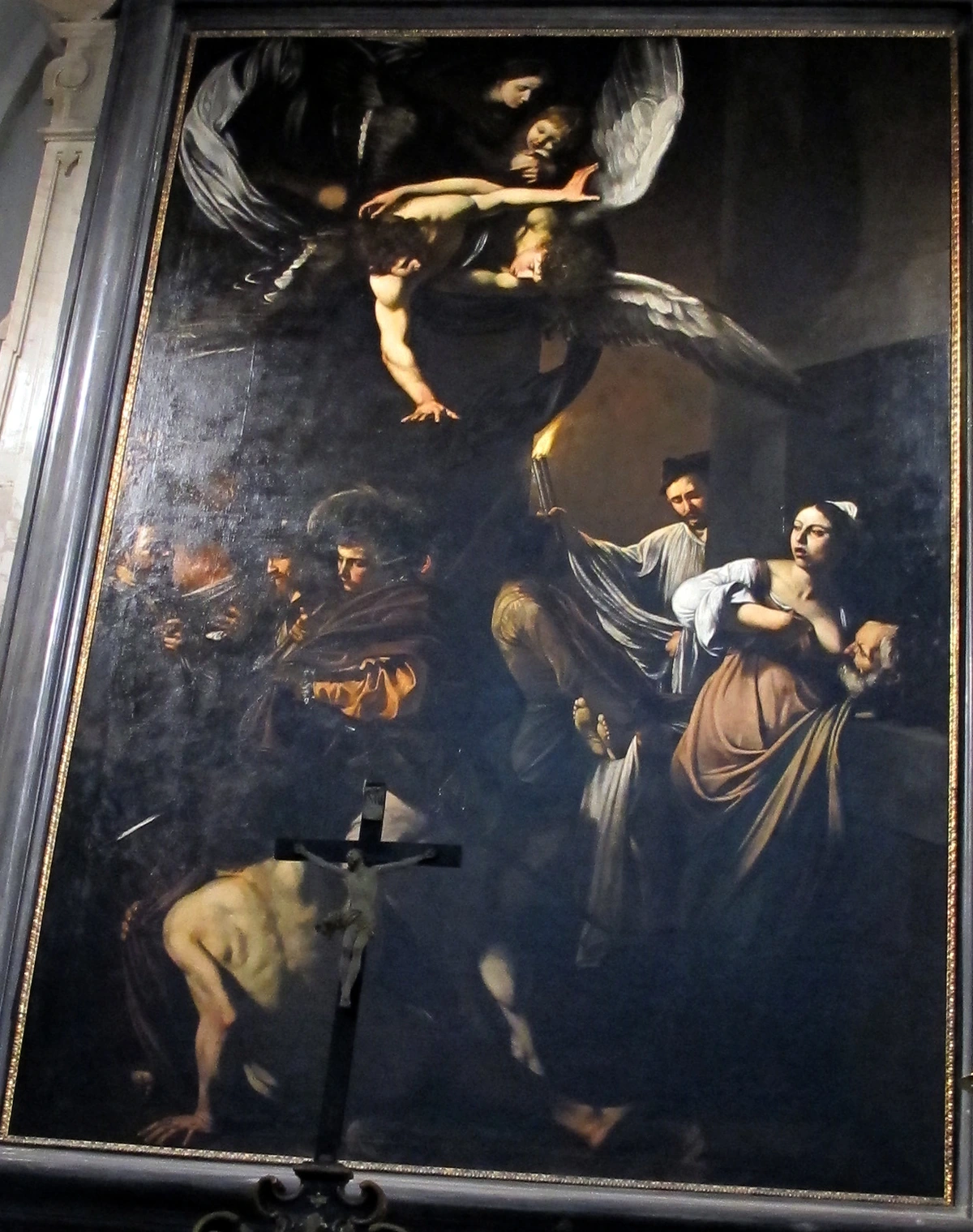
The Use of Diagonal Compositions
Where Renaissance compositions often favored stable, pyramidal, or horizontal arrangements, Baroque artists loved diagonals. These dynamic lines create a sense of movement, instability, and endless space, pulling the viewer's eye through the scene and enhancing the overall drama. It's like the difference between a stately march and a dramatic, sweeping dance – the Baroque chose the dance every time. This use of diagonals wasn't accidental; it was a deliberate choice to break away from the perceived static nature of earlier art, drawing the viewer's eye on a restless journey across the canvas or through a sculptural group, mirroring the turbulent spirit of the age. I often find myself drawn to the energy these diagonals create in a composition. This use of diagonals wasn't accidental; it was a deliberate choice to break away from the perceived static nature of earlier art, drawing the viewer's eye on a restless journey across the canvas or through a sculptural group, mirroring the turbulent spirit of the age.
Where Renaissance compositions often favored stable, pyramidal, or horizontal arrangements, Baroque artists loved diagonals. These dynamic lines create a sense of movement, instability, and endless space, pulling the viewer's eye through the scene and enhancing the overall drama. It's like the difference between a stately march and a dramatic, sweeping dance – the Baroque chose the dance every time.
Grandeur, Scale, and Opulence
Baroque wasn't for the faint of heart or the small of scale. It was about making a statement, whether religious or political, and often, both simultaneously. Churches swelled in size, with soaring domes and naves, filled with elaborate altarpieces, monumental sculptures, and frescoed ceilings that seemed to open up to heaven itself, inviting the divine into the human realm. Palaces were equally extravagant, dripping with gold leaf, rich textiles, exotic marbles, and intricate carvings that left no surface unadorned. From the colossal colonnades of St. Peter's Square to the dazzling Hall of Mirrors at Versailles, it’s art designed to impress, to overwhelm, to declare importance, wealth, and power in no uncertain terms. This pursuit of the grand and the spectacular is what I find truly captivating; it’s an ambition to envelop the viewer entirely, a concept that, in a different aesthetic, echoes even in my own abstract pieces. It truly embodies the idea of a Gesamtkunstwerk – a "total work of art" – where every element contributes to a unified, immersive experience.
Baroque wasn't for the faint of heart or the small of scale. It was about making a statement, whether religious or political, and often, both simultaneously. Churches swelled in size, with soaring domes and naves, filled with elaborate altarpieces, monumental sculptures, and frescoed ceilings that seemed to open up to heaven itself, inviting the divine into the human realm. Palaces were equally extravagant, dripping with gold leaf, rich textiles, exotic marbles, and intricate carvings that left no surface unadorned. From the colossal colonnades of St. Peter's Square to the dazzling Hall of Mirrors at Versailles, it’s art designed to impress, to overwhelm, to declare importance, wealth, and power in no uncertain terms. This pursuit of the grand and the spectacular is what I find truly captivating; it’s an ambition to envelop the viewer entirely, a concept that, in a different aesthetic, echoes even in my own abstract pieces. It truly embodies the idea of a Gesamtkunstwerk – a "total work of art" – where every element contributes to a unified, immersive experience. My own abstract pieces aim for a different kind of immersive scale, but the ambition to envelop the viewer, that's a Baroque echo for sure.
Illusion and Theatricality
Baroque artists were masters of illusion, blurring the lines between the earthly and the divine, the real and the imagined. They used techniques like foreshortening (making objects appear shorter than they are to create the illusion of depth, often seen in figures dramatically projected towards the viewer from ceilings) and trompe l'oeil (French for "fool the eye") to create breathtaking visual deceptions. Imagine looking up at a church ceiling where angels seem to burst through painted clouds, their legs dangling right over your head, or architectural elements seamlessly extending the actual building into painted space – a technique known as quadratura. This often involved di sotto in sù (meaning "from below, upward") perspective, creating the illusion that figures are hovering directly above you. It’s a complete theatrical experience, designed to overwhelm the senses and transport the viewer into another realm, making the divine feel tangibly present. It’s mind-blowing. If you're interested in how artists play with depth and visual tricks, our article on definitive guide to understanding light in art might pique your interest, as light is often key to these illusions.
Baroque artists were masters of illusion, blurring the lines between the earthly and the divine, the real and the imagined. They used techniques like foreshortening (making objects appear shorter than they are to create the illusion of depth, often seen in figures dramatically projected towards the viewer from ceilings) and trompe l'oeil (French for "fool the eye") to create breathtaking visual deceptions. Imagine looking up at a church ceiling where angels seem to burst through painted clouds, their legs dangling right over your head, or architectural elements seamlessly extending the actual building into painted space – a technique known as quadratura. This often involved di sotto in sù (meaning "from below, upward") perspective, creating the illusion that figures are hovering directly above you. It’s a complete theatrical experience, designed to overwhelm the senses and transport the viewer into another realm, making the divine feel tangibly present. It’s mind-blowing. If you're interested in how artists play with depth and visual tricks, our article on definitive guide to understanding light in art might pique your interest, as light is often key to these illusions. The sheer audacity of these illusions still astounds me today.
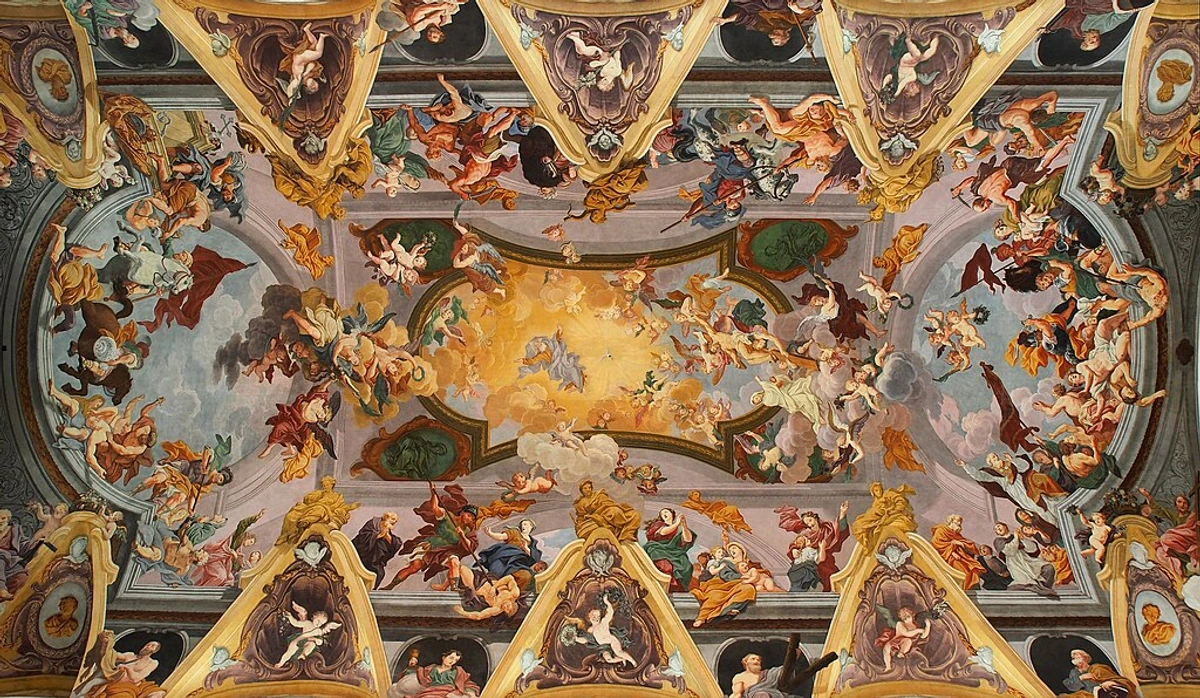
Unity of the Arts: A Gesamtkunstwerk
One of the most ambitious aspects of Baroque art was its insistence on the unity of the arts. Rather than viewing painting, sculpture, and architecture as separate disciplines, Baroque masters often combined them into a single, cohesive, and overwhelming experience. Think of Bernini's chapels, where sculpture emerges from painted backdrops, framed by theatrical architectural elements, all bathed in carefully controlled light. This wasn't just decoration; it was a deliberate strategy to create an all-encompassing environment, a Gesamtkunstwerk (German for "total work of art"), designed to transport the viewer and heighten their emotional and spiritual response. It's like a perfectly choreographed opera, but for your eyes and soul.
Materiality and Texture
Baroque artists reveled in the tactile qualities of their materials. Whether it was the sensuous depiction of fabrics – the shimmer of silk, the weight of velvet – the glint of metal, the translucence of flesh, or the rough texture of stone, they pushed the boundaries of their medium to create astonishing realism and vivid sensory experiences. You can practically feel the velvet, smell the incense, or hear the rustle of robes. Bernini's marble often looks like actual skin or billowing cloth, an illusion that still beggars belief. This isn't just about seeing; it's about a complete sensory engagement, something I often try to evoke in my own textured abstract work, albeit with different means.
Baroque artists reveled in the tactile qualities of their materials. Whether it was the sensuous depiction of fabrics – the shimmer of silk, the weight of velvet – the glint of metal, the translucence of flesh, or the rough texture of stone, they pushed the boundaries of their medium to create astonishing realism and vivid sensory experiences. You can practically feel the velvet, smell the incense, or hear the rustle of robes. Bernini's marble often looks like actual skin or billowing cloth, an illusion that still beggars belief. This isn't just about seeing; it's about a complete sensory engagement, something I often try to evoke in my own textured abstract work, albeit with different means. This emphasis on sensory richness is a key aspect that truly sets the Baroque apart.
Religious Zeal and Royal Splendor: Propaganda for God and King
At its heart, Baroque art served two masters: God and King. It was a potent instrument of propaganda, both sacred and secular. For the church, it was about inspiring piety, conveying the miracles of saints, dramatizing biblical narratives, and demonstrating the undeniable glory of heaven and the Catholic faith. For monarchs across Europe, it was about showcasing absolute power, immense wealth, and the divine right to rule. Think of the Hall of Mirrors at Versailles – pure, unadulterated Baroque splendor designed to make a visiting dignitary's jaw drop, proclaiming Louis XIV's unparalleled might and taste. It's the ultimate power flex, translated into art, using allegorical figures and grand narratives to solidify political and religious dominance. When you realize the immense purpose behind the art, it clicks into a different gear, doesn't it?
At its heart, Baroque art served two masters: God and King. It was a potent instrument of propaganda, both sacred and secular. For the church, it was about inspiring piety, conveying the miracles of saints, dramatizing biblical narratives, and demonstrating the undeniable glory of heaven and the Catholic faith. For monarchs across Europe, it was about showcasing absolute power, immense wealth, and the divine right to rule. Think of the Hall of Mirrors at Versailles – pure, unadulterated Baroque splendor designed to make a visiting dignitary's jaw drop, proclaiming Louis XIV's unparalleled might and taste. It's the ultimate power flex, translated into art, using allegorical figures and grand narratives to solidify political and religious dominance. When you realize the immense purpose behind the art, it clicks into a different gear, doesn't it?
Who Were the Rockstar Artists of the Baroque Era?
The Baroque period produced some of the most influential and unforgettable artists in history. These weren't just painters; they were visionaries who sculpted, designed, and revolutionized how art could speak to the soul.
Early Baroque in Italy: The Revolutionaries
Caravaggio: Master of Light and Grit
Michelangelo Merisi da Caravaggio, often just Caravaggio, was a true rebel, a maverick who shook up the art world. He didn't just use light and shadow; he weaponized them, plunging his compositions into dramatic darkness from which figures emerged with shocking immediacy. His figures, often drawn from the common people of Rome – tavern brawlers, prostitutes, and street urchins – are raw, intensely human, and startlingly realistic. He wasn't afraid of the ugly or the mundane, elevating everyday scenes and gritty realism to profound spiritual drama, making the divine feel intensely relatable (The Calling of Saint Matthew is a perfect example of this humanizing approach, where Christ's hand gestures mirror Adam's in Michelangelo's Sistine Chapel, yet the scene unfolds in a dimly lit tavern). His influence on subsequent artists, known as the Caravaggisti, was immense, shaping the course of European painting for decades. If you haven't already, take a deep dive into his world with our ultimate guide to Caravaggio. Trust me, it's worth it; his influence reverberated for centuries. He captured a raw authenticity that few before him dared to touch.
Michelangelo Merisi da Caravaggio, often just Caravaggio, was a true rebel, a maverick who shook up the art world. He didn't just use light and shadow; he weaponized them, plunging his compositions into dramatic darkness from which figures emerged with shocking immediacy. His figures, often drawn from the common people of Rome – tavern brawlers, prostitutes, and street urchins – are raw, intensely human, and startlingly realistic. He wasn't afraid of the ugly or the mundane, elevating everyday scenes and gritty realism to profound spiritual drama, making the divine feel intensely relatable (The Calling of Saint Matthew is a perfect example of this humanizing approach, where Christ's hand gestures mirror Adam's in Michelangelo's Sistine Chapel, yet the scene unfolds in a dimly lit tavern). His influence on subsequent artists, known as the Caravaggisti, was immense, shaping the course of European painting for decades. If you haven't already, take a deep dive into his world with our ultimate guide to Caravaggio. Trust me, it's worth it; his influence reverberated for centuries.
Gian Lorenzo Bernini: The Sculptor and Architect Who Made Stone Breathe
Gian Lorenzo Bernini was the ultimate Baroque artist – a sculptor, architect, and urban planner who truly embodied the era's dramatic flair and monumental ambition. His sculptures feel alive; marble twists and flows as if it were cloth or flesh, capturing moments of intense emotional climax, often just at the point of transformation. His Ecstasy of Saint Teresa is a prime example: a theatrical, almost erotic depiction of spiritual rapture that still takes my breath away, uniting sculpture, architecture, and hidden light sources into a single, overwhelming experience within the Cornaro Chapel. Beyond his sensational sculptures like David (caught mid-action) and Apollo and Daphne (transforming as you watch), his architectural achievements like the Piazza of St. Peter's Basilica, with its colossal colonnade embracing visitors, and Sant'Andrea al Quirinale are masterpieces of dynamic movement and profound theatricality, shaping the very face of Rome. He understood how to create an entire immersive environment, a true Baroque genius.
Gian Lorenzo Bernini was the ultimate Baroque artist – a sculptor, architect, and urban planner who truly embodied the era's dramatic flair and monumental ambition. His sculptures feel alive; marble twists and flows as if it were cloth or flesh, capturing moments of intense emotional climax, often just at the point of transformation. His Ecstasy of Saint Teresa is a prime example: a theatrical, almost erotic depiction of spiritual rapture that still takes my breath away, uniting sculpture, architecture, and hidden light sources into a single, overwhelming experience within the Cornaro Chapel. Beyond his sensational sculptures like David (caught mid-action) and Apollo and Daphne (transforming as you watch), his architectural achievements like the Piazza of St. Peter's Basilica, with its colossal colonnade embracing visitors, and Sant'Andrea al Quirinale are masterpieces of dynamic movement and profound theatricality, shaping the very face of Rome. He understood how to create an entire immersive environment, a true Baroque genius. I mean, who else could make stone seem so utterly alive?
High Baroque Masters: Spreading the Grandeur
Rembrandt van Rijn: Dutch Master of Inner Light
Moving north to the Netherlands, we find Rembrandt van Rijn. While his work shares the Baroque emphasis on dramatic light and shadow, it's often more introspective, focusing on the inner lives and psychological depth of his subjects rather than outward theatricality. His numerous self-portraits offer a profound journey into an artist's soul over time, revealing a master grappling with both artistic and personal challenges. His portraits, group portraits (like the iconic The Night Watch which, despite its title, depicts a daytime scene, full of movement and individual character), and biblical scenes are imbued with a profound humanism and a masterful control of light that seems to emanate from within the canvas itself, a subtle luminosity that draws you in rather than overwhelms. He was also a prolific and innovative printmaker, using etching and drypoint to explore light and texture with incredible finesse, creating entire worlds in black and white. You absolutely need to explore our ultimate guide to Rembrandt van Rijn to understand his genius, and perhaps delve into what is the meaning of the night watch rembrandt for a deeper dive. Rembrandt's ability to reveal the soul through paint still leaves me in awe.
Moving north to the Netherlands, we find Rembrandt van Rijn. While his work shares the Baroque emphasis on dramatic light and shadow, it's often more introspective, focusing on the inner lives and psychological depth of his subjects rather than outward theatricality. His numerous self-portraits offer a profound journey into an artist's soul over time, revealing a master grappling with both artistic and personal challenges. His portraits, group portraits (like the iconic The Night Watch which, despite its title, depicts a daytime scene, full of movement and individual character), and biblical scenes are imbued with a profound humanism and a masterful control of light that seems to emanate from within the canvas itself, a subtle luminosity that draws you in rather than overwhelms. He was also a prolific and innovative printmaker, using etching and drypoint to explore light and texture with incredible finesse, creating entire worlds in black and white. You absolutely need to explore our ultimate guide to Rembrandt van Rijn to understand his genius, and perhaps delve into what is the meaning of the night watch rembrandt for a deeper dive.
Peter Paul Rubens: Dynamic Flemish Grandeur
Peter Paul Rubens was the rockstar of Flemish Baroque painting, a master of dynamic energy and monumental scale. His canvases are bursting with energy, vibrant color, sensuous forms, and monumental figures that often spill beyond the frame. He ran a massive studio, employing many assistants to keep up with demand, producing a staggering output of mythological scenes, religious narratives (like the dramatic Elevation of the Cross), and portraits that celebrated robust flesh and dynamic movement. His compositions are often a whirlwind of activity, full of swirling forms, dramatic gestures, and a palpable sense of excitement, perfectly embodying the Baroque's exuberant spirit. Just look at his Marie de' Medici Cycle – it's an epic, grand narrative of power and mythology, showcasing his unparalleled ability to tell a story with monumental flair.
Peter Paul Rubens was the rockstar of Flemish Baroque painting, a master of dynamic energy and monumental scale. His canvases are bursting with energy, vibrant color, sensuous forms, and monumental figures that often spill beyond the frame. He ran a massive studio, employing many assistants to keep up with demand, producing a staggering output of mythological scenes, religious narratives (like the dramatic Elevation of the Cross), and portraits that celebrated robust flesh and dynamic movement. His compositions are often a whirlwind of activity, full of swirling forms, dramatic gestures, and a palpable sense of excitement, perfectly embodying the Baroque's exuberant spirit. Just look at his Marie de' Medici Cycle – it's an epic, grand narrative of power and mythology, showcasing his unparalleled ability to tell a story with monumental flair. His sheer virtuosity is breathtaking.
Artemisia Gentileschi: A Powerful Female Voice in a Male World
In a male-dominated era, Artemisia Gentileschi carved out a formidable reputation, a true pioneer who defied expectations. Influenced by Caravaggio's tenebrism, her work is powerful, often depicting strong female figures from biblical or mythological stories (such as her visceral Judith Beheading Holofernes, a scene of uncompromising power and raw emotion). Her art carries an emotional weight, a raw psychological intensity, and a profound sense of dignity that is truly captivating, especially given her own tumultuous life experiences. She brought a unique, unflinching perspective to her subjects, making her one of the most compelling voices of the Baroque period, whose importance is only growing in contemporary scholarship. Her unflinching gaze and powerful narratives challenge traditional representations and speak volumes about resilience.
In a male-dominated era, Artemisia Gentileschi carved out a formidable reputation, a true pioneer who defied expectations. Influenced by Caravaggio's tenebrism, her work is powerful, often depicting strong female figures from biblical or mythological stories (such as her visceral Judith Beheading Holofernes, a scene of uncompromising power and raw emotion). Her art carries an emotional weight, a raw psychological intensity, and a profound sense of dignity that is truly captivating, especially given her own tumultuous life experiences. She brought a unique, unflinching perspective to her subjects, making her one of the most compelling voices of the Baroque period, whose importance is only growing in contemporary scholarship. Her unflinching gaze and powerful narratives challenge traditional representations and speak volumes about resilience. If you want to dive deeper into her incredible life and work, our ultimate guide to Artemisia Gentileschi is a must-read.
Diego Velázquez: Master of Realism and Illusion
Diego Velázquez, the leading artist in the court of King Philip IV of Spain, epitomized a more refined, introspective brand of Baroque. While his work certainly possessed drama, it often came through psychological depth and masterful realism rather than overt theatricality. His portraits, like Las Meninas, are celebrated for their complex compositions, brilliant use of light, and the way they challenge the viewer's perception of reality and illusion. He was a master of capturing fleeting moments and the internal world of his subjects, making him one of the most influential painters of all time. His ability to render textures and light with such subtlety is, to me, breathtaking.
Georges de La Tour: The Quiet Tenebrist
While Caravaggio brought the drama of tenebrism to the masses, Georges de La Tour, a French painter, offered a more intimate and spiritual interpretation of the style. His nocturnal scenes, often lit by a single candle, are characterized by their profound stillness, simplified forms, and deep emotional resonance. Figures emerge from the darkness with a quiet intensity, stripped of excess detail, focusing entirely on the human condition and spiritual contemplation. His work, often rediscovered much later, shows a different, meditative facet of the Baroque's dramatic light.
Beyond the Canvas: Baroque in Architecture and Music
Baroque wasn't confined to painting and sculpture; it was a total art movement, influencing everything from the way buildings were designed, to the decorative arts adorning grand interiors, to the music filling their grand halls. It was a complete aesthetic experience, designed to immerse the individual in a world of heightened sensation and emotion.
St. Peter's Basilica: A Baroque Icon and Urban Masterpiece
Just look at St. Peter's Basilica in the Vatican (or even images of it, if you can't visit in person – though I highly recommend it if you get the chance; you can also explore some of the museum aspects through den-bosch-museum). Bernini's Piazza with its colossal colonnade embracing visitors, and his monumental baldachin over the high altar, are pure Baroque genius. The scale, the movement, the opulent materials – bronze, marble, gold leaf – all work in concert to create a unified, breathtaking experience. It’s designed to create an overwhelming sense of awe and spiritual connection, a true masterclass in environmental art, where the architecture itself becomes a stage for the divine. The piazza, for example, is often described as the "motherly arms" of the Church, embracing its faithful.
Just look at St. Peter's Basilica in the Vatican (or even images of it, if you can't visit in person – though I highly recommend it if you get the chance; you can also explore some of the museum aspects through den-bosch-museum). Bernini's Piazza with its colossal colonnade embracing visitors, and his monumental baldachin over the high altar, are pure Baroque genius. The scale, the movement, the opulent materials – bronze, marble, gold leaf – all work in concert to create a unified, breathtaking experience. It’s designed to create an overwhelming sense of awe and spiritual connection, a true masterclass in environmental art, where the architecture itself becomes a stage for the divine. The piazza, for example, is often described as the "motherly arms" of the Church, embracing its faithful. It's a prime example of how Baroque art and architecture work hand-in-hand to create an all-encompassing experience.

Baroque architecture often features undulating walls, elaborate facades designed with dramatic projections and recessions, and complex floor plans that create dynamic spatial experiences. Architects like Francesco Borromini and Guarino Guarini in Italy pushed the boundaries of traditional forms, creating buildings that seem to breathe and move, such as Borromini's San Carlo alle Quattro Fontane, which famously undulates like a wave. Inside, domes soar, frescos burst with life in breathtaking quadratura, and every surface is adorned with rich materials and intricate details. It’s a sensory feast, a testament to the belief that beauty and grandeur could elevate the spirit and impress the power of their patrons. These architects weren't just building; they were choreographing space, guiding the viewer's eye and emotion through a meticulously designed environment. I find the audacity of these designs truly inspiring.
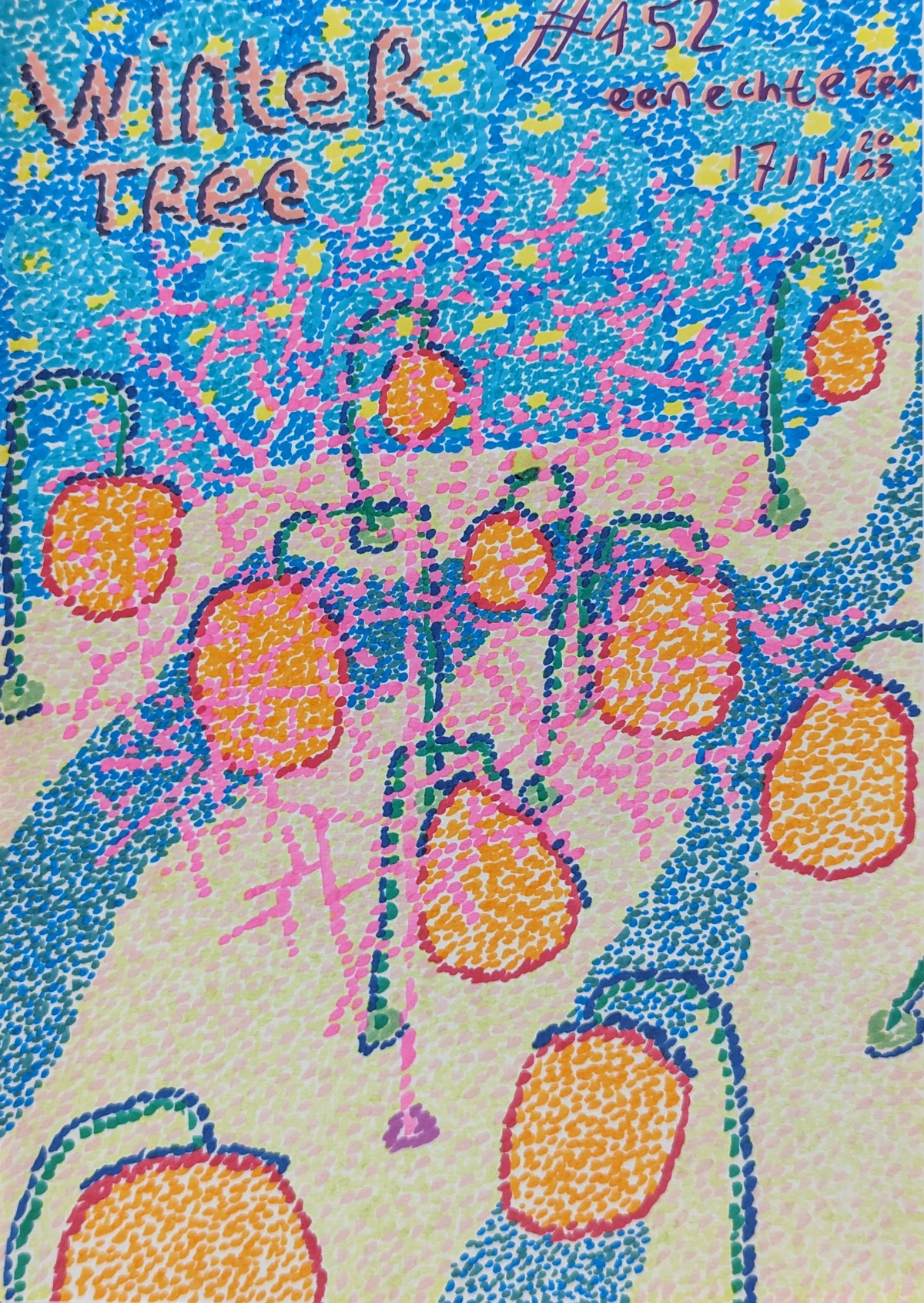
The Resonant Power: Baroque Music
And Baroque music, with its complex counterpoint, dramatic contrasts (think sudden shifts from soft to loud, known as terraced dynamics), and profound emotional depth, perfectly complements this visual extravagance. This era saw the flourishing of new forms like the opera and the concerto grosso, allowing for unprecedented dramatic expression. Composers like Johann Sebastian Bach (whose fugues are a masterclass in intricate structure and emotional resonance, often building immense tension and release), George Frideric Handel (known for his grand oratorios like Messiah, which brought opera-like drama to sacred texts), and Antonio Vivaldi (whose concertos, like The Four Seasons, vividly evoke moods and natural phenomena with breathtaking virtuosity) created a soundscape equally as rich and dramatic as the visual art. Listening to Baroque music while looking at the art can create a truly immersive experience.
Baroque Sculpture Beyond Bernini
While Bernini stands as the undisputed titan of Baroque sculpture, he wasn't alone. Artists across Europe adopted the dynamic, emotionally charged approach to marble and bronze. Figures like Alessandro Algardi, Bernini's rival in Rome, created more restrained, classical compositions, yet still imbued with Baroque drama, often seen in his elegant portrait busts and narrative reliefs. In Spain, polychrome wooden sculptures, often depicting suffering saints, achieved a visceral realism that aimed to elicit intense empathy from the viewer. Think of the Spanish sculptor Juan Martínez Montañés, whose work combined profound realism with spiritual intensity. These sculptures, whether monumental or intimate, consistently sought to engage the viewer in a profoundly emotional and physical way, making stone, wood, and bronze seem to live and breathe. It’s a testament to the era’s commitment to making the divine tangible and immediate.
While Bernini stands as the undisputed titan of Baroque sculpture, he wasn't alone. Artists across Europe adopted the dynamic, emotionally charged approach to marble and bronze. Figures like Alessandro Algardi, Bernini's rival in Rome, created more restrained, classical compositions, yet still imbued with Baroque drama. In Spain, polychrome wooden sculptures, often depicting suffering saints, achieved a visceral realism that aimed to elicit intense empathy from the viewer. These sculptures, whether monumental or intimate, consistently sought to engage the viewer in a profoundly emotional and physical way, making stone, wood, and bronze seem to live and breathe.
The Flourishing of Baroque Decorative Arts
Beyond the grand statements of painting, sculpture, and architecture, the Baroque aesthetic permeated everyday objects, elevating them to works of art. Furniture became more elaborate, adorned with intricate carvings, gilding, and exotic veneers, reflecting the desire for luxurious display. Tapestries and textiles, rich in color and dramatic scenes, covered walls, functioning as portable frescoes, weaving narratives into the very fabric of aristocratic life. Silverware, ceramics, and even garden design – with their dramatic fountains, sweeping vistas, and sculpted hedges – embraced the curvilinear forms, opulence, and theatricality of the era. Imagine walking through the gardens of Versailles, a living, breathing Baroque masterpiece designed to impress and delight. This comprehensive approach meant that stepping into a Baroque palace or church was a total sensory immersion, a meticulously designed experience from the grand facade down to the smallest detail, truly leaving no surface untouched by splendor. It's this holistic vision that, for me, makes the Baroque so utterly captivating.
Beyond the grand statements of painting, sculpture, and architecture, the Baroque aesthetic permeated everyday objects, elevating them to works of art. Furniture became more elaborate, adorned with intricate carvings, gilding, and exotic veneers, reflecting the desire for luxurious display. Tapestries and textiles, rich in color and dramatic scenes, covered walls, functioning as portable frescoes. Silverware, ceramics, and even garden design – with their dramatic fountains, sweeping vistas, and sculpted hedges – embraced the curvilinear forms, opulence, and theatricality of the era. Imagine walking through the gardens of Versailles, a living, breathing Baroque masterpiece designed to impress and delight. This comprehensive approach meant that stepping into a Baroque palace or church was a total sensory immersion, a meticulously designed experience from the grand facade down to the smallest detail, truly leaving no surface untouched by splendor.
Baroque vs. Renaissance vs. Rococo: A Quick Comparison
Sometimes, the best way to understand a movement is to see it next to its neighbours. Baroque is often confused with or seen as a simple extension of the Renaissance, or sometimes blended with Rococo. Let's clear that up with a quick table, because I find that visually comparing things really helps cement the differences in my mind.

Feature | Renaissance (c. 1400-1600) | Baroque (c. 1600-1750) | Rococo (c. 1730-1780) |
|---|---|---|---|
| Overall Mood | Calm, rational, harmonious, balanced, orderly | Dramatic, emotional, dynamic, grand, theatrical, intense | Playful, lighthearted, elegant, intimate, whimsical, decorative |
| Key Emphasis | Order, perspective, humanism, classical ideals, clarity | Movement, contrast, emotion, illusion, splendor, awe | Ornamentation, asymmetry, pastel colours, aristocratic pleasure, fantasy |
| Composition | Stable, pyramidal, clear lines, linear perspective | Diagonal, swirling, open forms, deep space, strong chiaroscuro | Asymmetrical, delicate, curvilinear, decorative motifs, flowing lines |
| Colour Palette | Muted, naturalistic, balanced, subtle | Rich, intense, strong contrasts, vivid, deep | Light, pastel, silvery, gold, airy, whimsical |
| Subject Matter | Biblical, mythological, portraits, classical nudes, secular humanism, allegory | Biblical, mythological, portraits, everyday life (Dutch), allegories, martyrdom, miracles | Aristocratic leisure, love, nature, classical allegories (lighthearted), fête galante |
| Architectural | Symmetry, proportion, classical columns, domes (e.g., Brunelleschi), rational | Monumental scale, undulating facades, elaborate ornamentation, grand public spaces (e.g., Bernini), emotional | Intimate scale, delicate ornamentation, elaborate interiors, flowing lines, shells, asymmetry |
| Patronage | Wealthy merchant families, Papacy, civic commissions, humanists | Catholic Church (Counter-Reformation), Absolute Monarchs, wealthy aristocracy | Aristocratic salons, private commissions, lighter secular themes |
If you're curious about what came after the Baroque's intense passion, you might enjoy delving into the history of Rococo art. It's quite a shift!
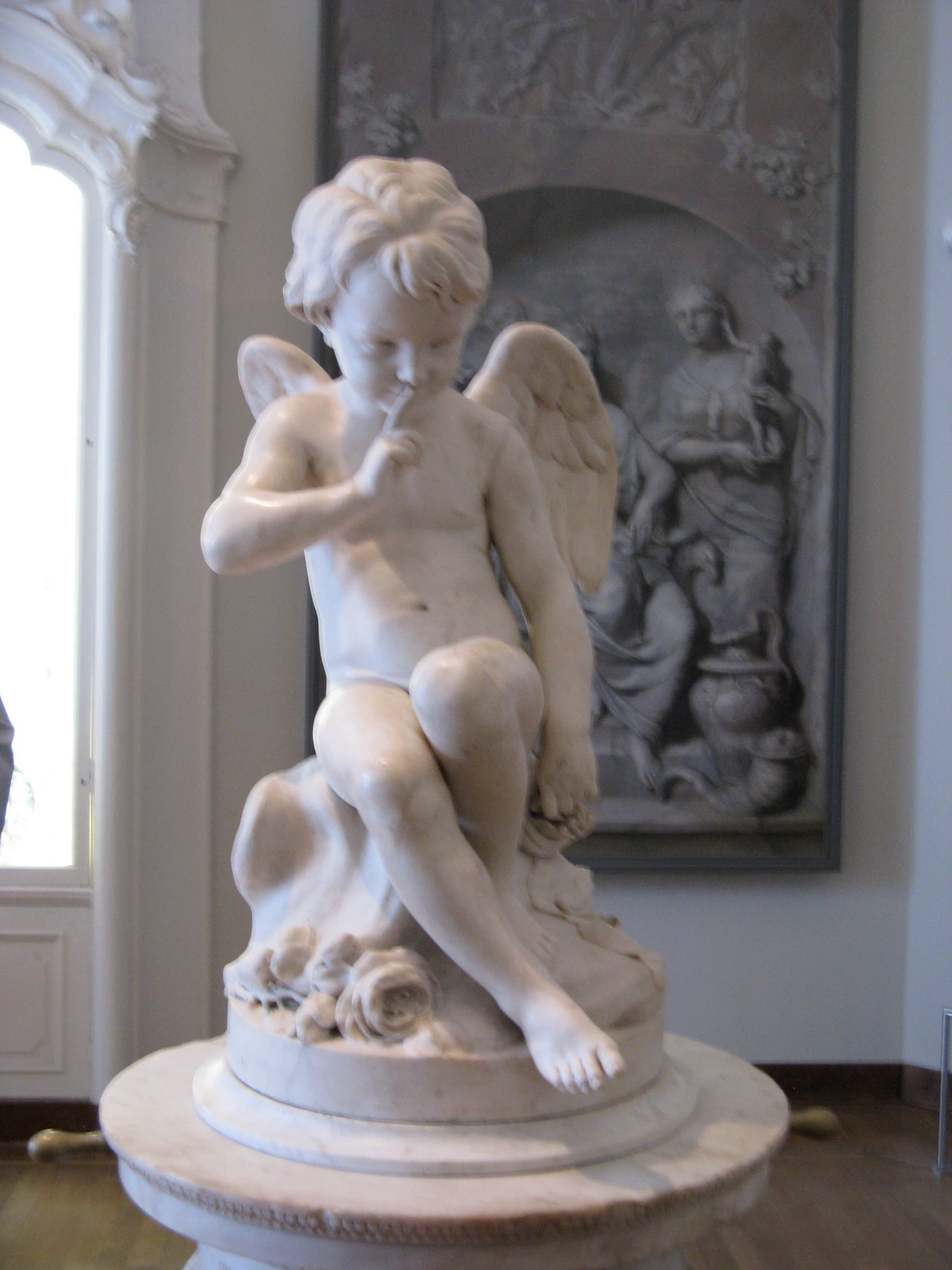
My Take: Why Baroque Still Moves Me (and You!)
Look, I create contemporary abstract art, so you might think Baroque is a million miles away from my own practice. And in some ways, it is. But the core principles of Baroque – the power of emotion, the strategic use of light and shadow, the desire to create an immersive experience, the sheer ambition to move the viewer – these are universal. When I'm thinking about the composition in art explained or the drama of a high-contrast piece, I find myself drawing parallels. There's a boldness in Baroque, a refusal to be subtle, that I truly admire and sometimes try to channel in my own work, albeit through different aesthetics.
That raw emotional intensity, that desire to connect with the viewer on a visceral level, is something every artist strives for, no matter the style or era. It's a reminder that art isn't just about pretty pictures; it's about communication, about feeling, about provoking a response. And if you've ever felt that gut-punch of emotion standing before a masterpiece – whether it's the serene contemplation of a Renaissance Madonna or the explosive drama of a Baroque altarpiece – you'll know exactly what I mean. If you want to see how these historical influences subtly weave into modern art, you can also check out my timeline of work.
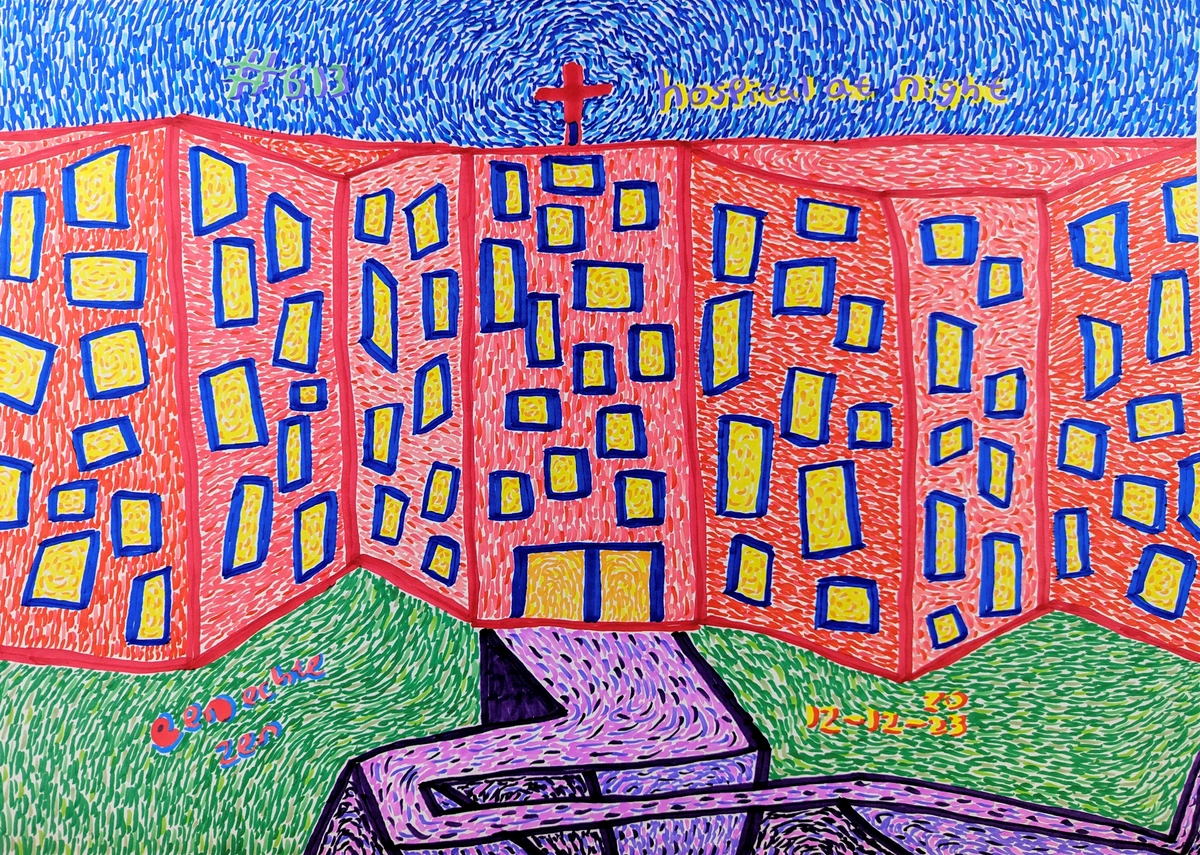
Frequently Asked Questions About Baroque Art
Baroque art, with its dramatic flair and emotional depth, often sparks a lot of questions. Here are some of the most common ones I hear, and my best shot at answering them clearly and concisely.
Why is Baroque art so dramatic?
That's its very essence! Baroque art's drama stems from a confluence of factors. The Counter-Reformation required art that could stir deep religious emotion and reinforce faith, pushing artists towards heightened emotional states and intense narratives. Political leaders used art to project absolute power, demanding monumental scale and theatricality. Artists themselves were pushing the boundaries of realism, seeking to capture fleeting moments and raw human experience with unprecedented intensity. The masterful use of chiaroscuro, dynamic diagonal compositions, and illusionistic techniques all combined to create an art form that wasn't just seen, but felt on a profound, visceral level. It was designed to grab your attention and hold it, to overwhelm your senses, and to leave an unforgettable impression.
What is the key difference between Renaissance and Baroque art?
This is a fantastic and very common question! While Baroque grew out of the Renaissance, it reacted against its calm, rational balance. Renaissance art, to me, whispers of order, perspective, and humanistic ideals, often with stable, pyramidal compositions. Baroque, on the other hand, shouts! It embraces drama, emotion, dynamic movement, and intense contrasts of light and shadow. Where the Renaissance aimed for harmony, the Baroque reveled in tension and theatricality, seeking to overwhelm and engage the viewer emotionally. Think of it this way: if Renaissance is a meticulously composed classical symphony, Baroque is a passionate, improvisational opera.
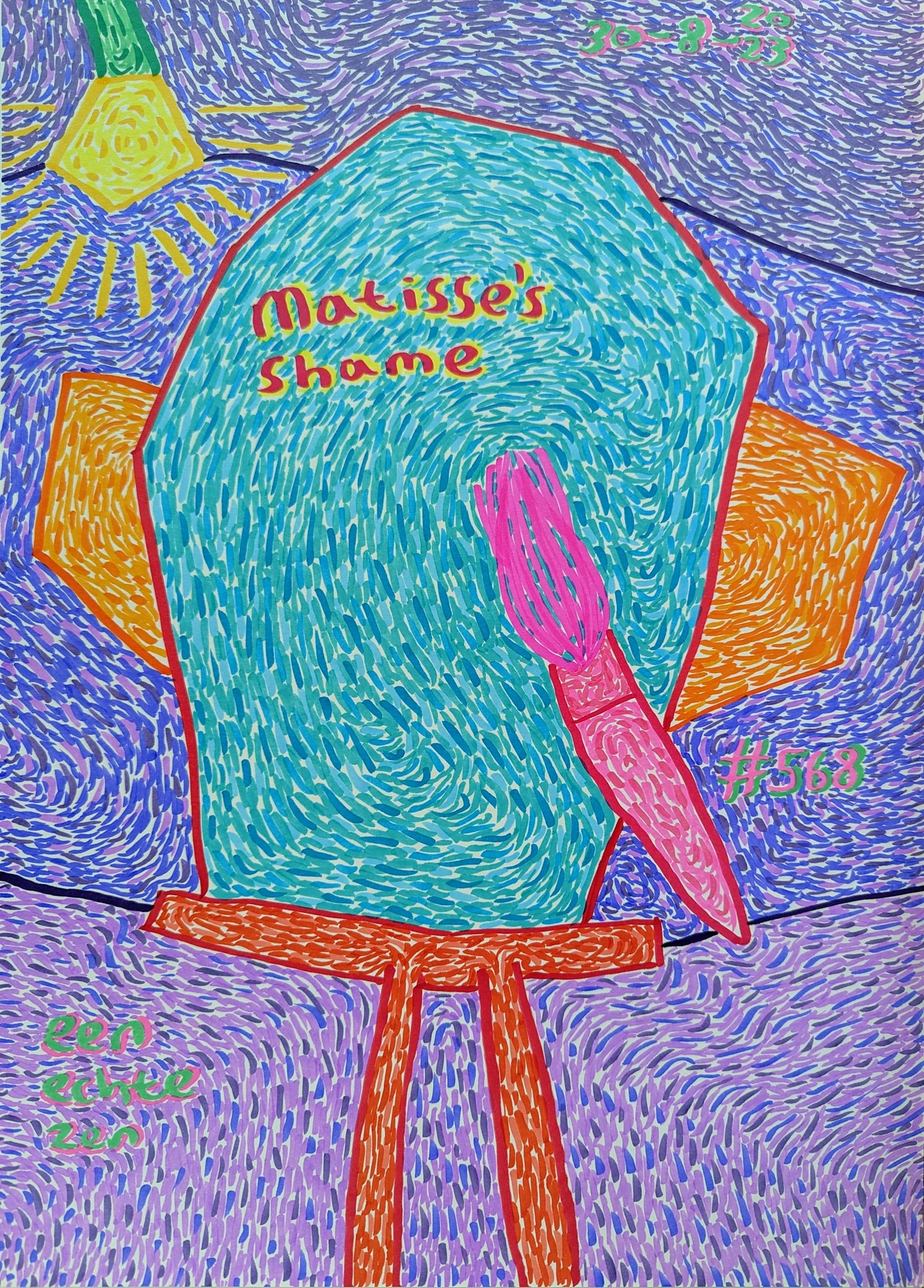
What does "Baroque" mean?
The term "Baroque" originally came from the Portuguese word "barroco," meaning an "imperfect or irregularly shaped pearl." It was initially a derogatory term, used by later critics to describe the style as overly ornate, theatrical, and extravagant, especially when compared to the perceived purity and restraint of classical art. However, over time, its meaning shifted, and it's now simply the accepted name for the artistic period.
What are the main themes in Baroque art?
Baroque art often explores themes of intense religious fervor (miracles, martyrdoms, conversions), mythological narratives, grand historical events, and portraits that capture dramatic psychological states. In Protestant regions like the Netherlands, still lifes, landscapes, and genre scenes (everyday life) also became prominent, though often still imbued with a sense of the dramatic or the fleeting nature of life.
How long did the Baroque period last?
The Baroque period generally spanned from around 1600 to 1750. Of course, these dates are approximate and vary slightly by region and specific art form, but that 17th to mid-18th century window is the sweet spot.
Is Baroque art realistic?
Yes, in many ways, Baroque art aimed for a heightened sense of realism, particularly in portraying human emotion, physical detail, and the texture of objects. Artists often used models from everyday life, even for religious scenes, making the subjects more relatable and immediate. You see wrinkles, dirty feet, visceral expressions – it’s often strikingly human. However, this realism was frequently exaggerated, idealized, or dramatized to achieve maximum emotional effect and grandeur, so it's a realism in service of impact and storytelling, not necessarily documentary realism. It's about making you believe the impossible is happening, right before your eyes.
Are there any famous female Baroque artists?
Absolutely, and it's so important to highlight them! While largely a male-dominated field, the Baroque era saw a few incredibly talented female artists rise to prominence. Most notably, Artemisia Gentileschi carved out a formidable reputation, a true pioneer who defied expectations. She broke barriers, trained professionally, and gained significant patronage. Her work often depicted strong female figures from mythology and the Bible, imbued with a powerful psychological intensity that some scholars connect to her own tumultuous life experiences. Beyond individual artists, noblewomen and women within religious orders also served as important patrons, commissioning significant works that shaped the era's artistic output. It's a testament to individual genius pushing against societal constraints, and a reminder that even in challenging times, powerful voices find a way to express themselves.
While largely a male-dominated field, the Baroque era saw a few incredibly talented female artists rise to prominence. Most notably, Artemisia Gentileschi carved out a formidable reputation, a true pioneer who defied expectations. She broke barriers, trained professionally, and gained significant patronage. Her work often depicted strong female figures from biblical or mythological stories (such as her visceral Judith Beheading Holofernes, a scene of uncompromising power and raw emotion). Her art carries an emotional weight, a raw psychological intensity, and a profound sense of dignity that is truly captivating, especially given her own tumultuous life experiences. She brought a unique, unflinching perspective to her subjects, making her one of the most compelling voices of the Baroque period, whose importance is only growing in contemporary scholarship. Beyond individual artists like Gentileschi, noblewomen and women within religious orders also served as important patrons, commissioning significant works that shaped the era's artistic output. It's a testament to individual genius pushing against societal constraints, and a reminder that even in challenging times, powerful voices find a way to express themselves. I find her story and art deeply inspiring.

How did science influence Baroque art?
The 17th century was a period of immense scientific discovery, from Galileo's astronomical observations to advancements in anatomy and optics. While not always directly depicted, these intellectual shifts subtly influenced Baroque art. The meticulous anatomical rendering in many figures, the fascination with light and shadow (perhaps echoing new understanding of optics), and the attempts to capture dynamic motion and celestial expanses in ceiling frescoes can all be seen as indirect reflections of the era's scientific curiosity and expanding worldview. The universe was getting bigger, and Baroque art was trying to capture that wonder and awe. Artists were, in their own way, engaging with the scientific method of observation, even if for dramatic effect rather than pure empirical study. It's fascinating to see how a broader cultural shift can echo even in seemingly unrelated fields like art.
The 17th century was a period of immense scientific discovery, from Galileo's astronomical observations to advancements in anatomy and optics. While not always directly depicted, these intellectual shifts subtly influenced Baroque art. The meticulous anatomical rendering in many figures, the fascination with light and shadow (perhaps echoing new understanding of optics), and the attempts to capture dynamic motion and celestial expanses in ceiling frescoes can all be seen as indirect reflections of the era's scientific curiosity and expanding worldview. The universe was getting bigger, and Baroque art was trying to capture that wonder and awe.
What influence did Baroque art have on later art movements?
The impact of the Baroque was profound and far-reaching! Its dramatic intensity, emotional power, and masterful use of light and shadow laid crucial groundwork for subsequent movements. The emphasis on individual emotion and subjective experience paved the way for Romanticism in the 19th century. Its theatricality and grand narratives inspired later historical painters, and even modern artists (like myself, in my own way) still draw lessons from its ambition to create immersive, multi-sensory experiences. The Baroque taught us that art could be a powerful force for persuasion, a spectacle, and a profound emotional journey, lessons that continue to resonate today across various styles and mediums. It truly changed the game. Think of the powerful narratives in history painting or the emotional depth sought by Romantics; you can trace a clear lineage back to the Baroque.
The impact of the Baroque was profound and far-reaching! Its dramatic intensity, emotional power, and masterful use of light and shadow laid crucial groundwork for subsequent movements. The emphasis on individual emotion and subjective experience paved the way for Romanticism in the 19th century. Its theatricality and grand narratives inspired later historical painters, and even modern artists (like myself, in my own way) still draw lessons from its ambition to create immersive, multi-sensory experiences. The Baroque taught us that art could be a powerful force for persuasion, a spectacle, and a profound emotional journey, lessons that continue to resonate today across various styles and mediums. It truly changed the game.
What came after Baroque art?
After the Baroque period, the Rococo style emerged, primarily in France, characterized by lighter, more playful, and intimate themes, pastel colors, and delicate ornamentation. Following Rococo, Neoclassicism rose, rejecting the perceived excesses of both Baroque and Rococo in favor of a return to the classical ideals of ancient Greece and Rome, emphasizing order, clarity, and noble simplicity. You can explore this fascinating transition further in articles like the history of Rococo art or by looking at the key differences between Rococo vs Baroque art.
After the Baroque period, the Rococo style emerged, primarily in France, characterized by lighter, more playful, and intimate themes, pastel colors, and delicate ornamentation. Following Rococo, Neoclassicism rose, rejecting the perceived excesses of both Baroque and Rococo in favor of a return to the classical ideals of ancient Greece and Rome, emphasizing order, clarity, and noble simplicity.
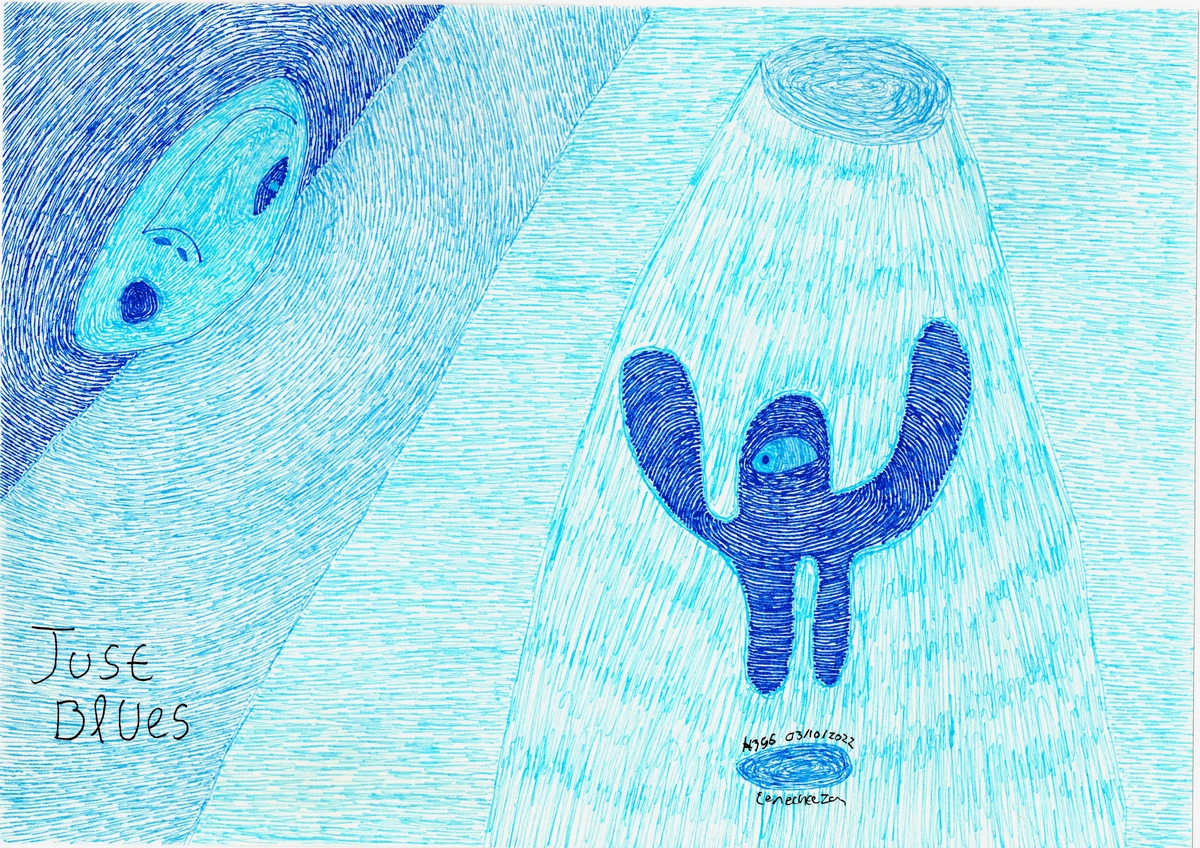
Conclusion: The Echoes of Grandeur
So there you have it, a deep dive, hopefully not-too-overwhelming, into the magnificent, complex, and utterly captivating world of Baroque art. It’s a period that reminds us of art's incredible power to move, to persuade, and to utterly captivate the human spirit. It's loud, it's proud, and it's unapologetically emotional, reflecting an era of profound change and fervent belief. For me, stepping into a Baroque church or gazing at a Caravaggio is like being enveloped in a grand, passionate story, one that still resonates with an incredible intensity today, speaking volumes about the human condition and our eternal quest for the divine and the magnificent. It's a style that demands engagement, that pulls you in, and once you've truly experienced it, you'll find its echoes everywhere, even in the contemporary world. What I appreciate most is its unflinching commitment to feeling, to drama, to making you feel something profound.
The Enduring Legacy of Baroque
The Baroque didn't just disappear with the arrival of Rococo or Neoclassicism; its influence reverberated through subsequent art movements. The dramatic intensity and emotional power laid groundwork for Romanticism. Its masterful use of light and shadow continues to inspire artists today (myself included!). The ambition to create immersive, multi-sensory experiences can be seen echoing in contemporary installation art and performance. It taught us that art could be a powerful force for persuasion, a spectacle, and a profound emotional journey. Next time you encounter a piece of Baroque art, don't just look at it; feel it. Let it grab you. You might be surprised by the conversation it starts in your own mind.
It's a testament to the human spirit's capacity for both profound belief and breathtaking creativity. Next time you encounter a piece of Baroque art, don't just look at it; feel it. Let it grab you. You might be surprised by the conversation it starts in your own mind, and you might just find yourself returning to its dramatic embrace again and again. For me, it serves as a powerful reminder that art, at its best, is never passive; it's an active, emotional dialogue between creator and viewer.

